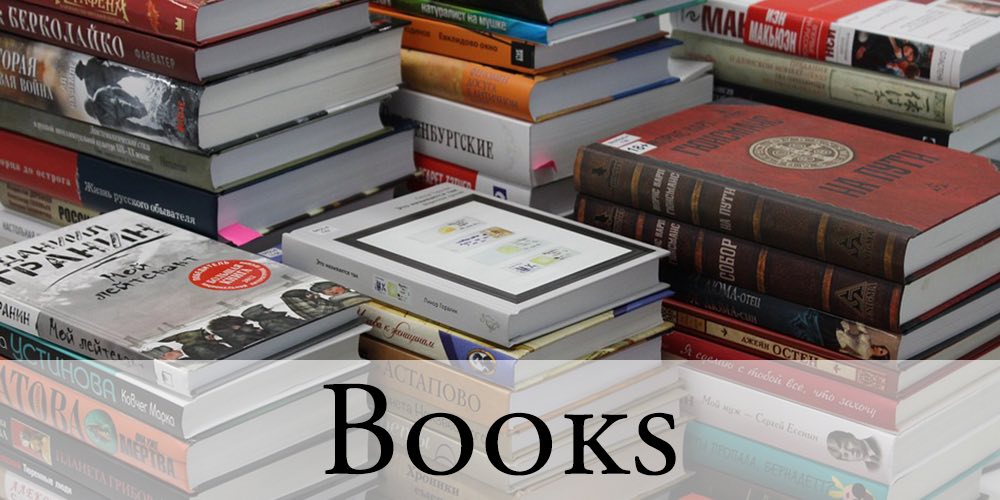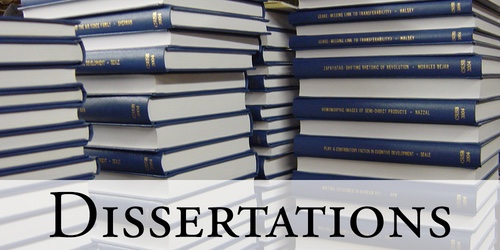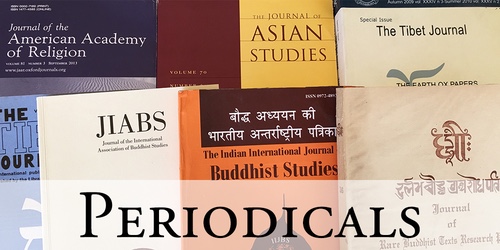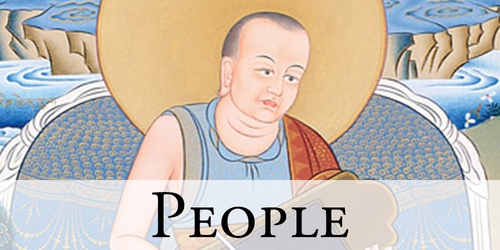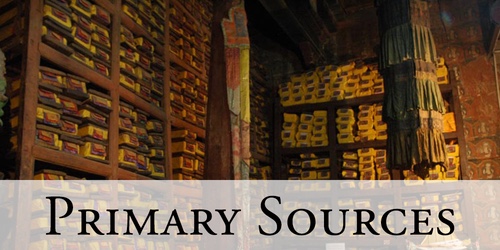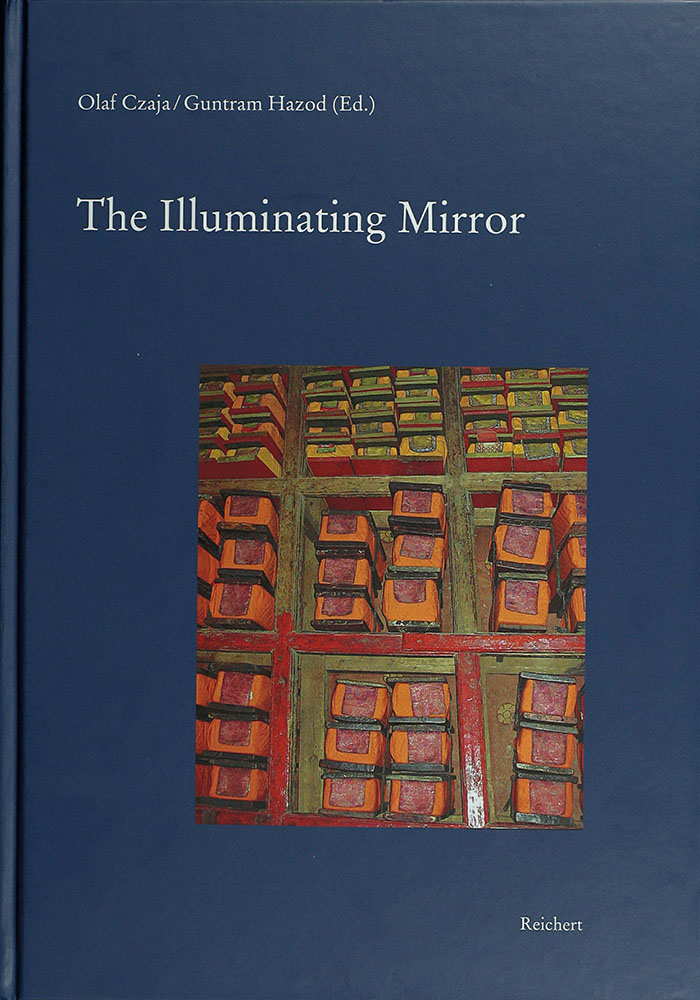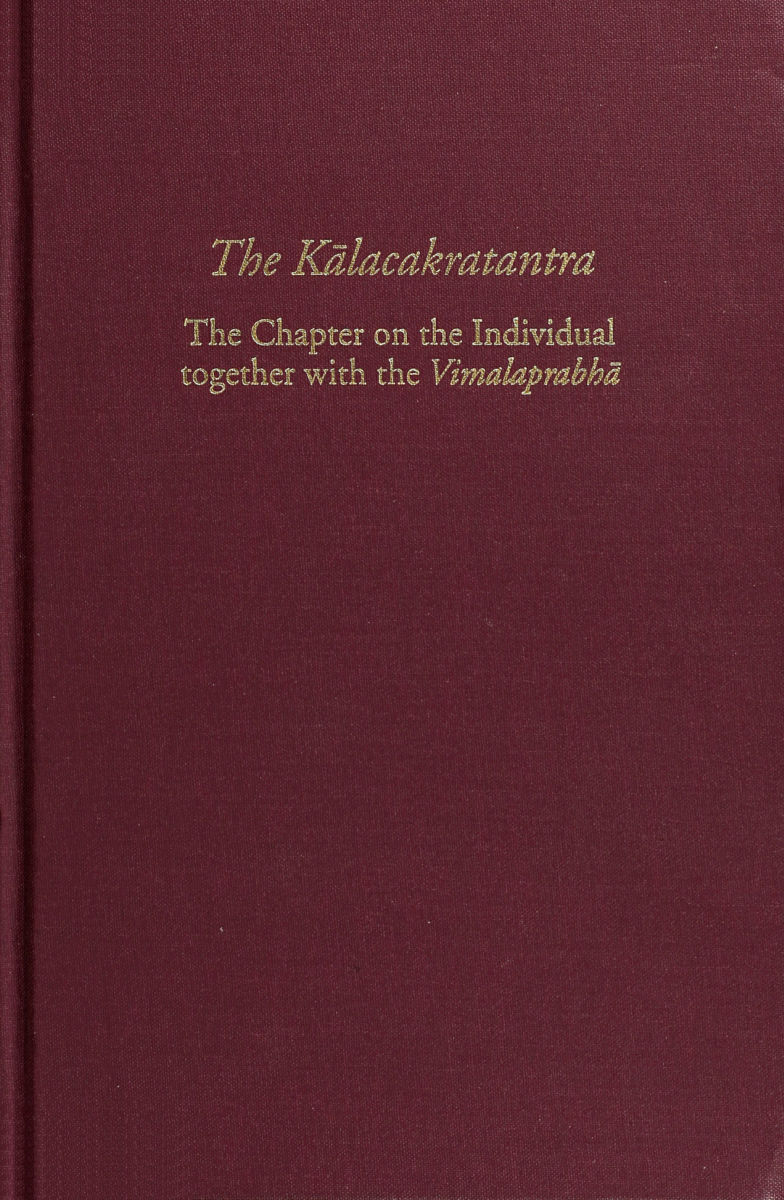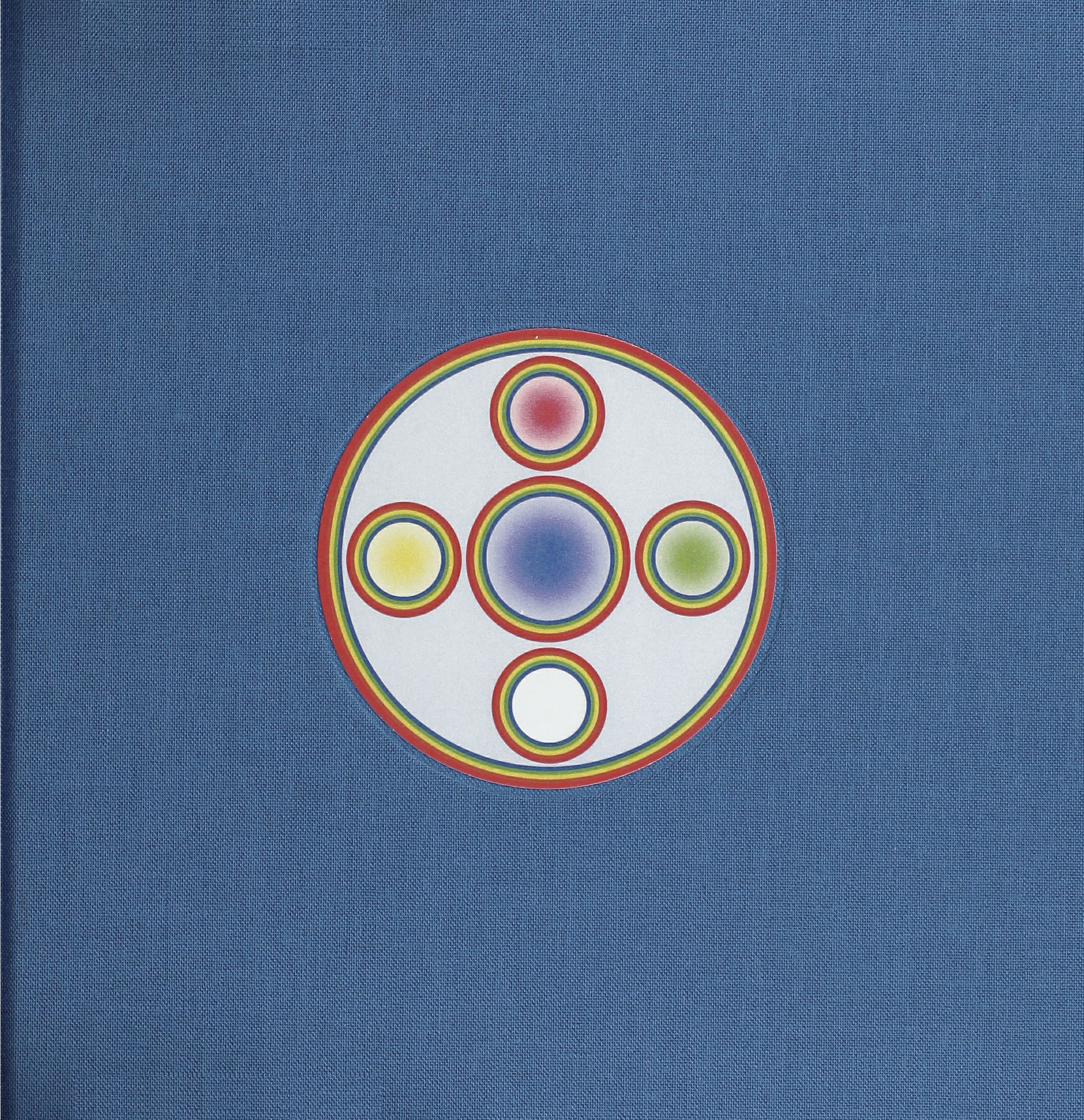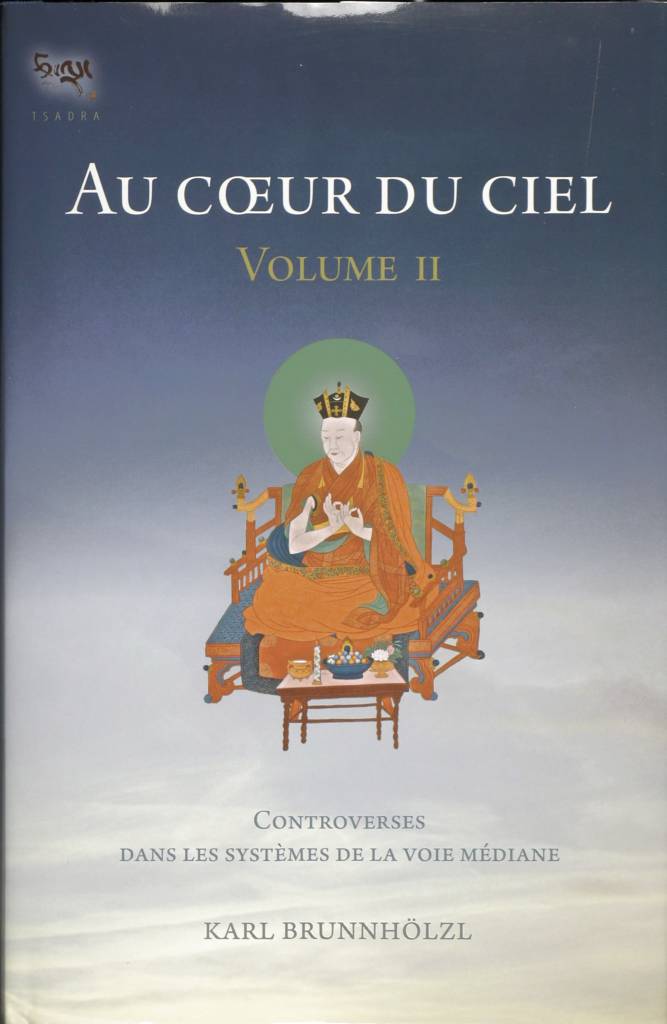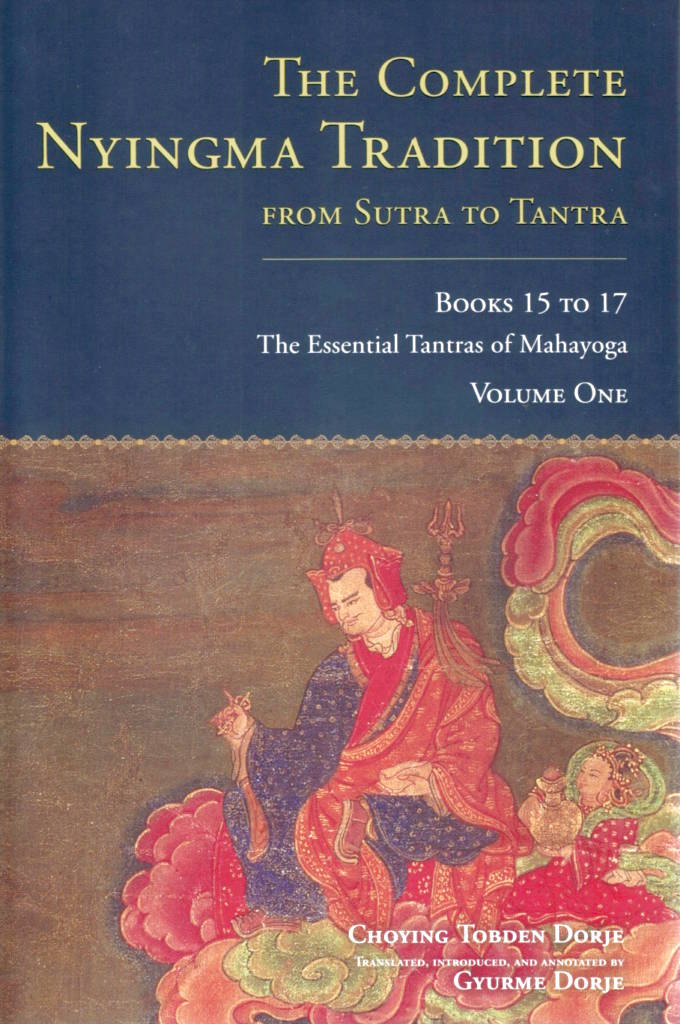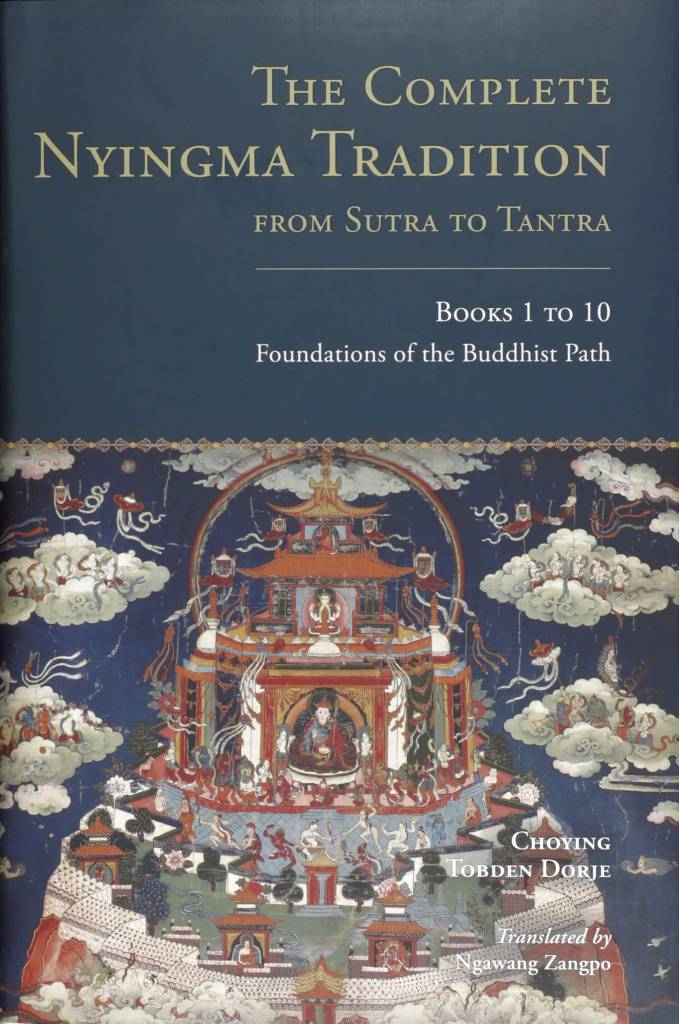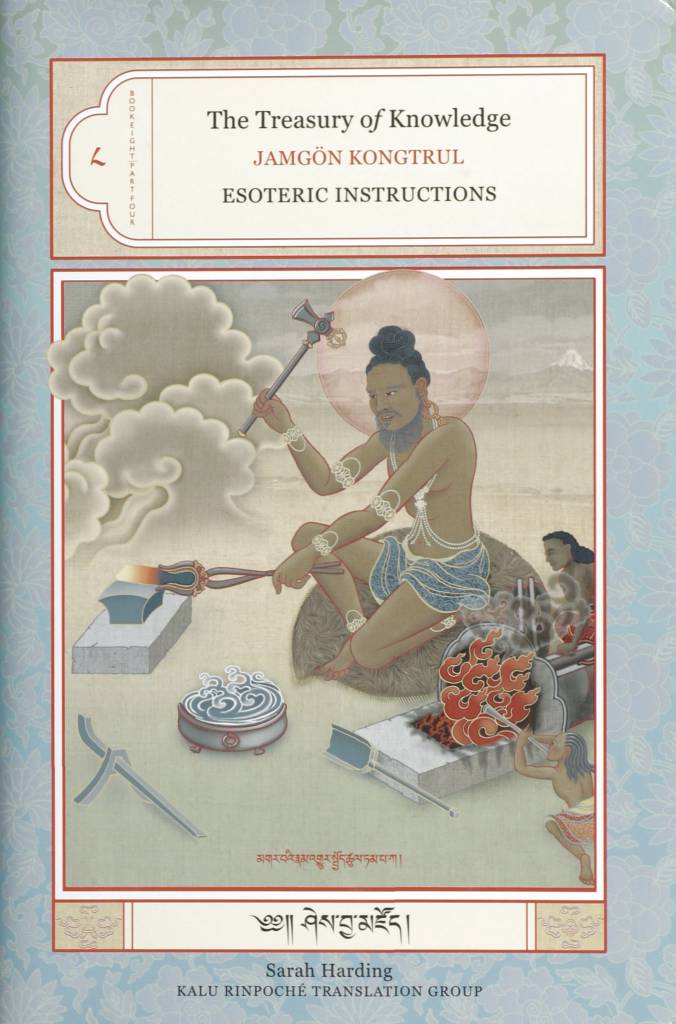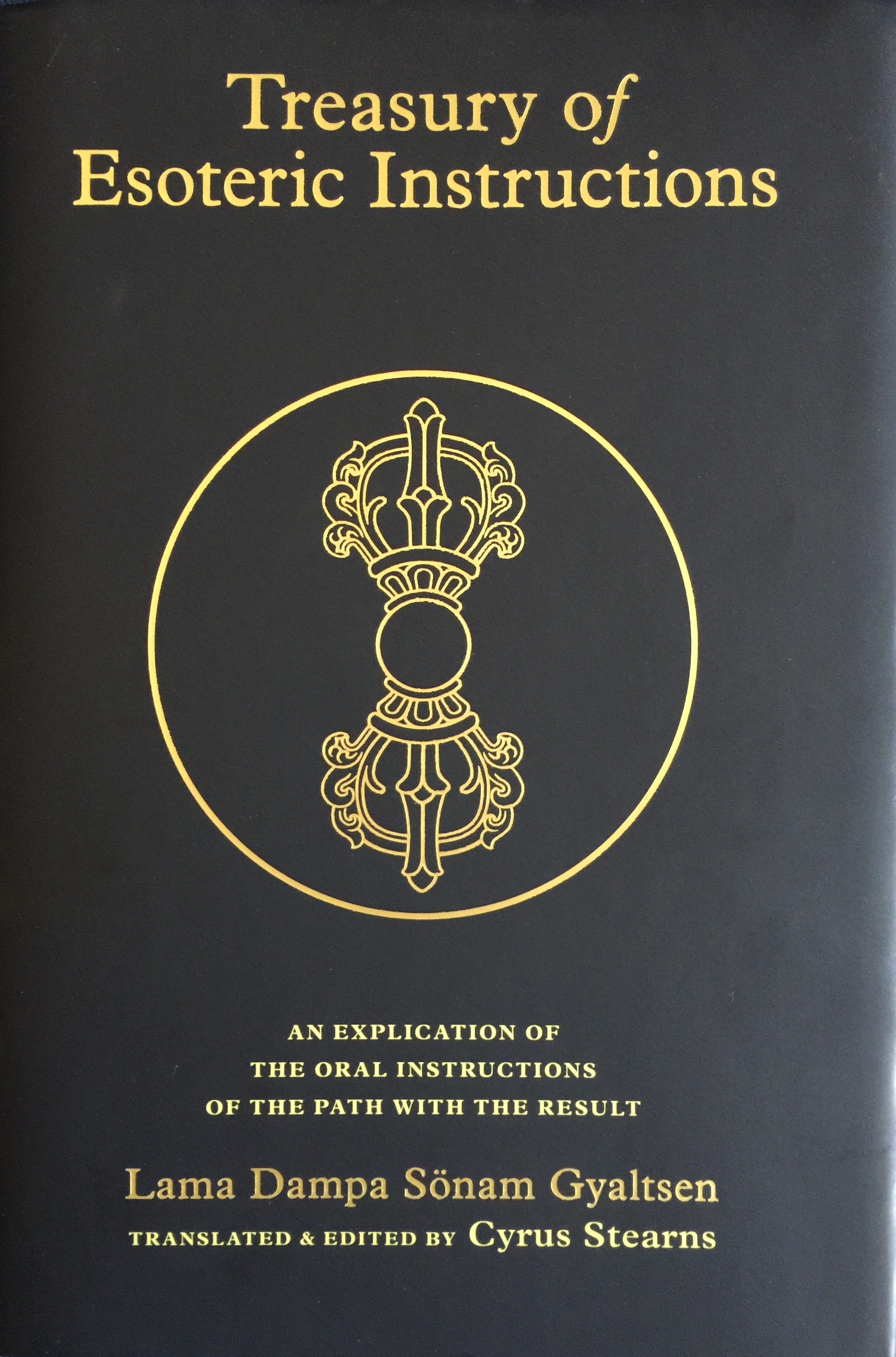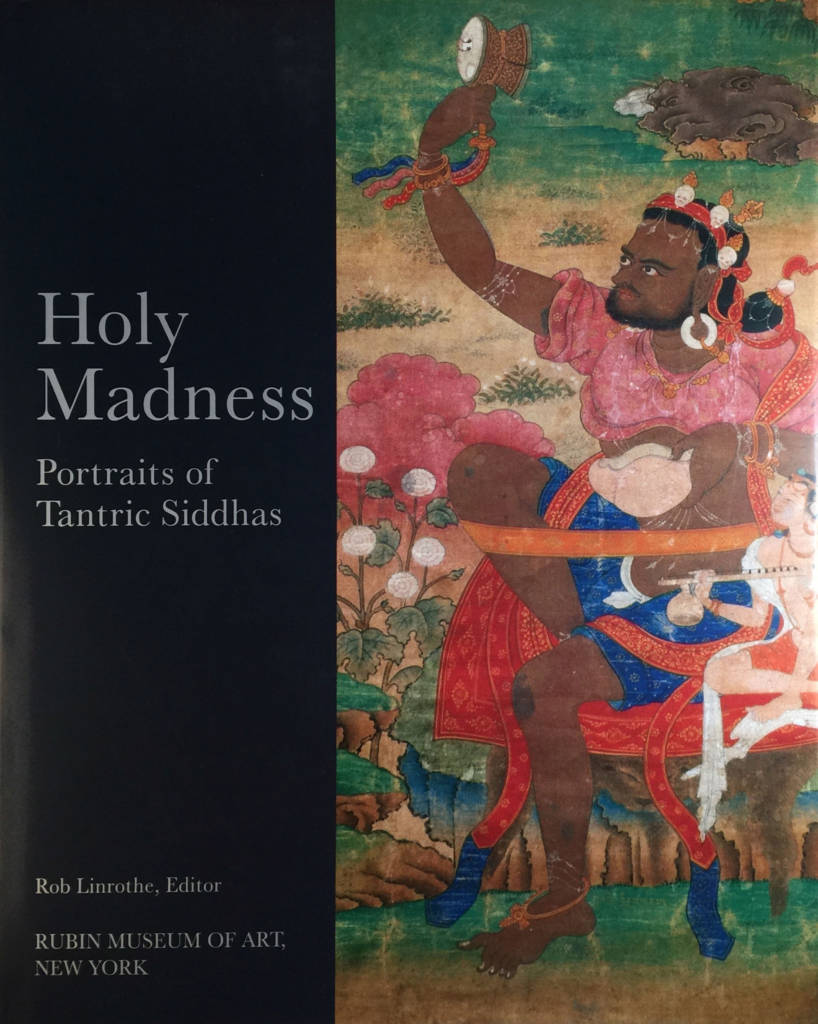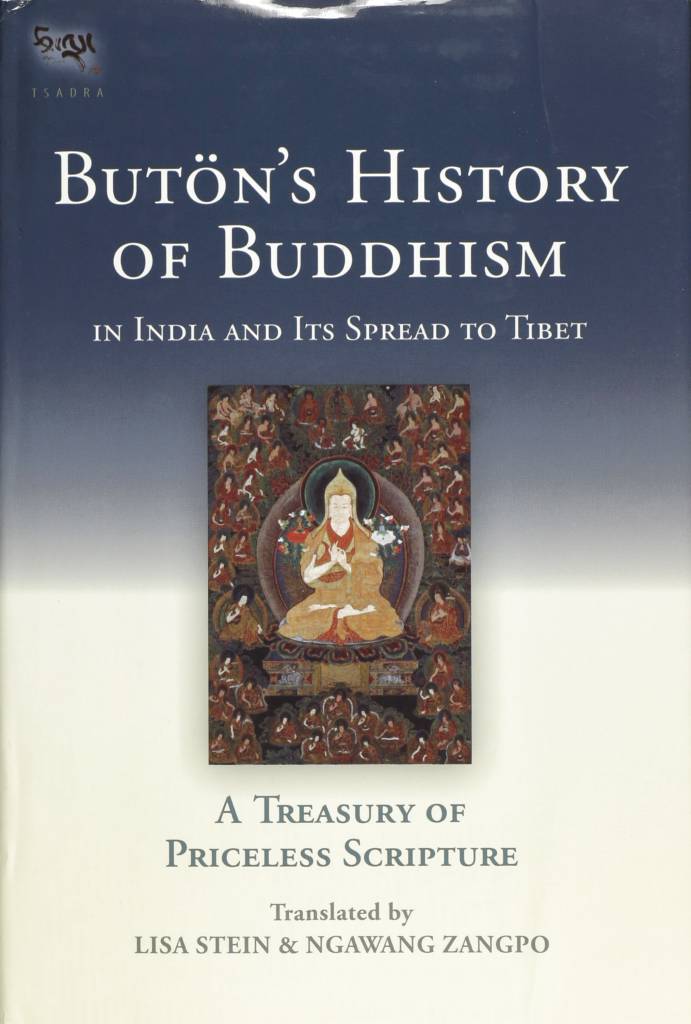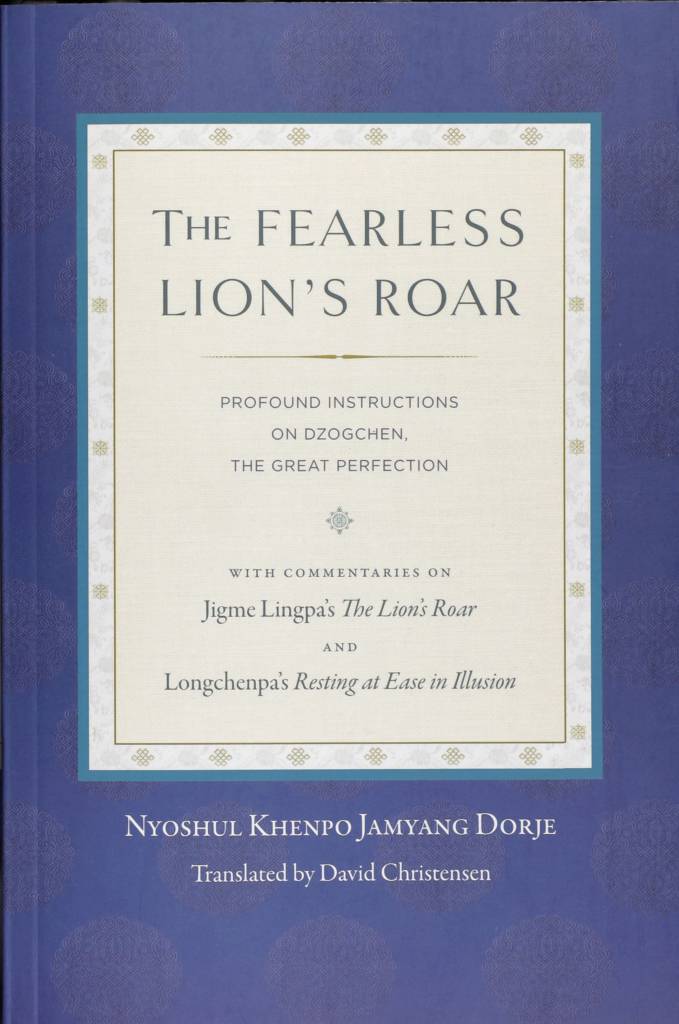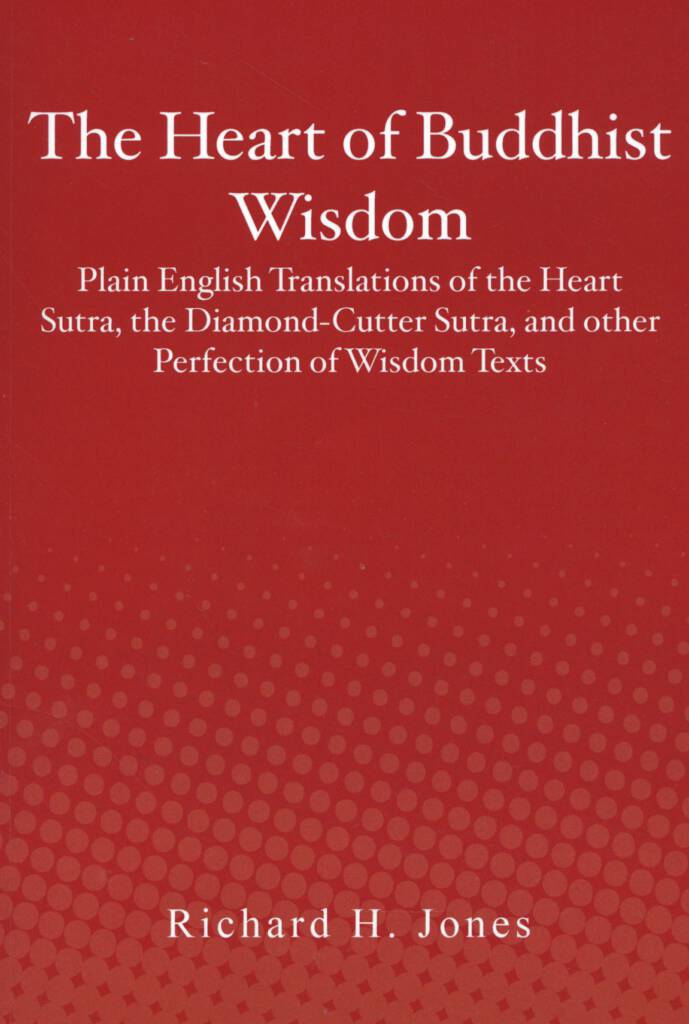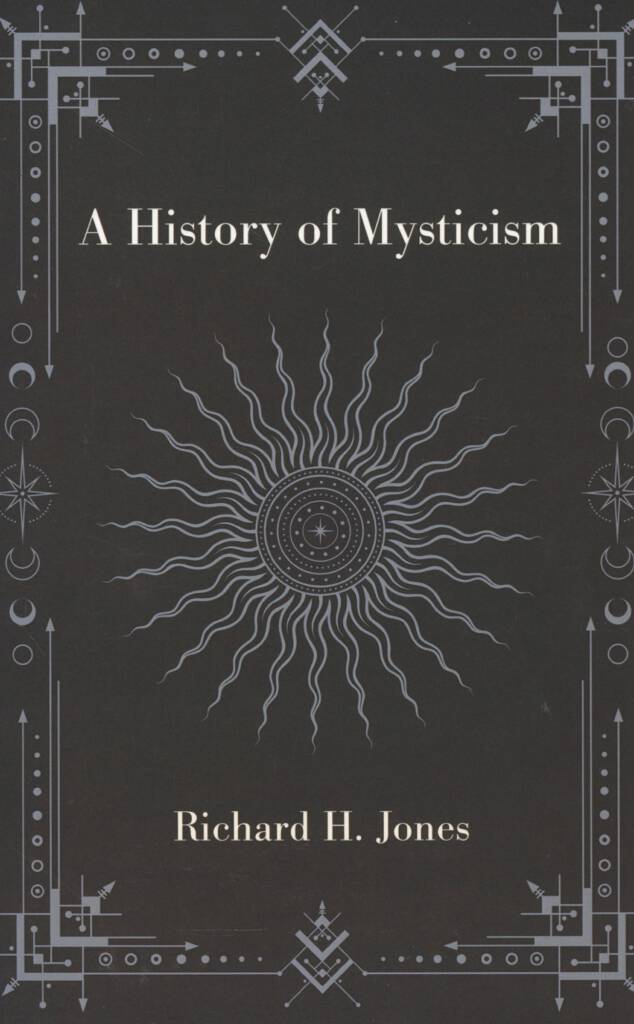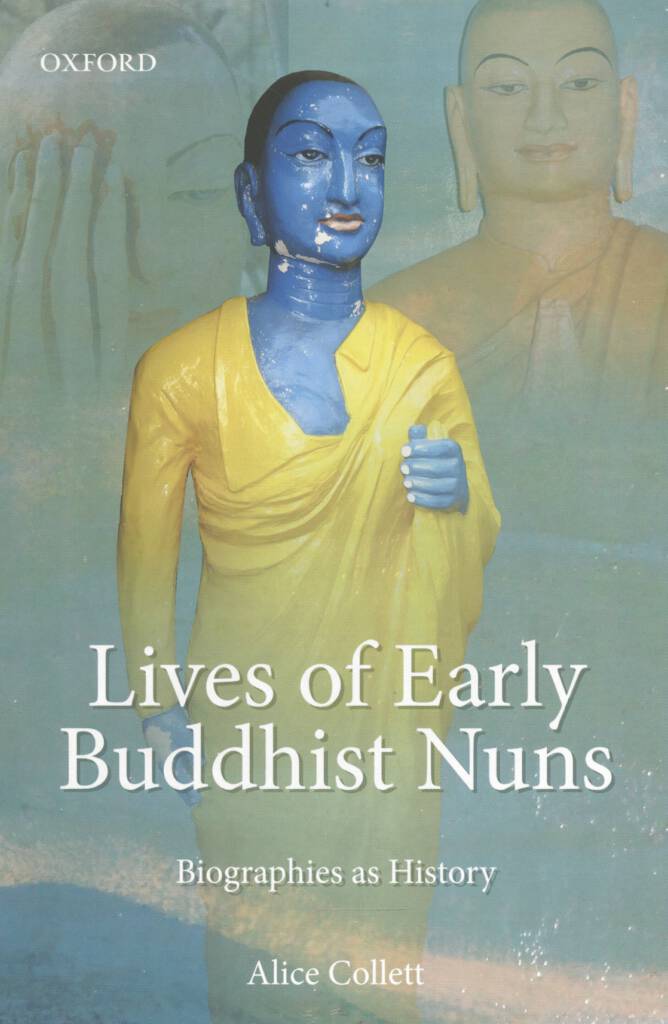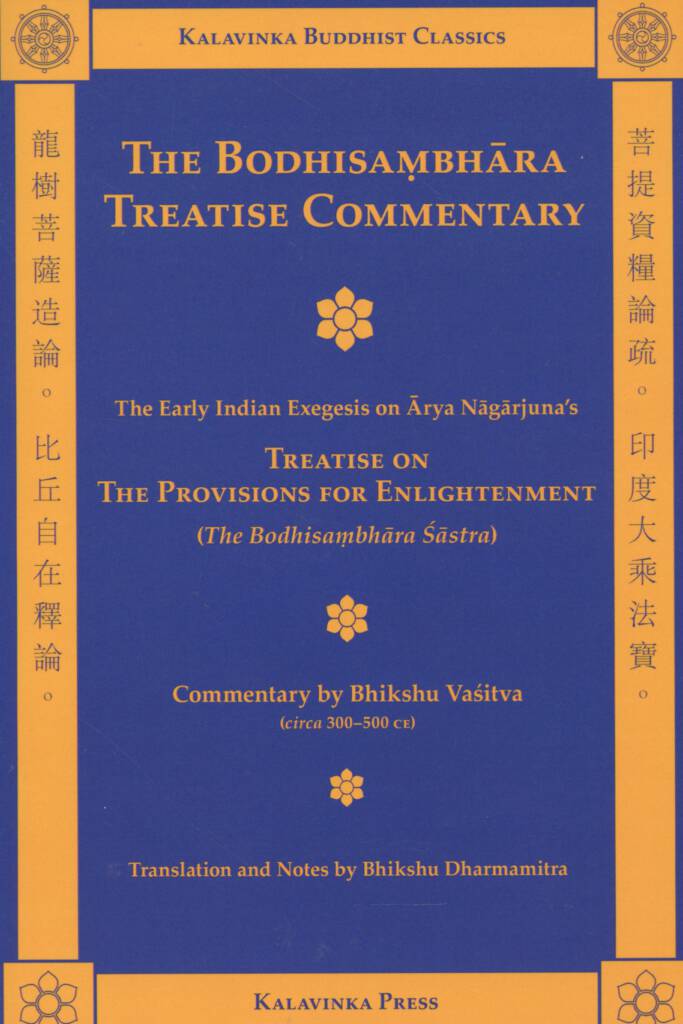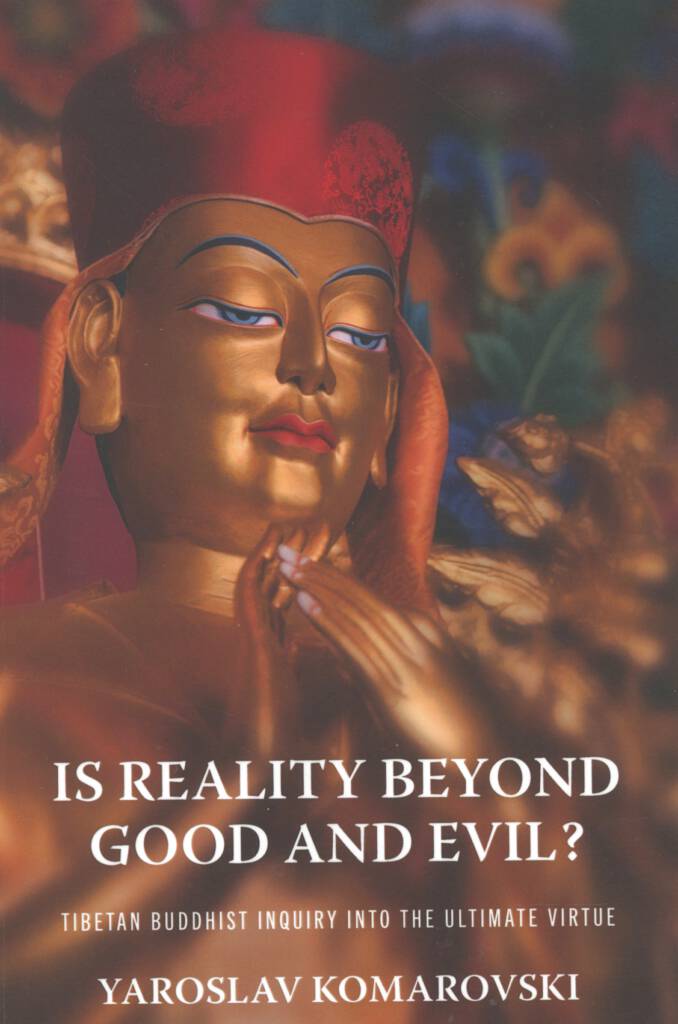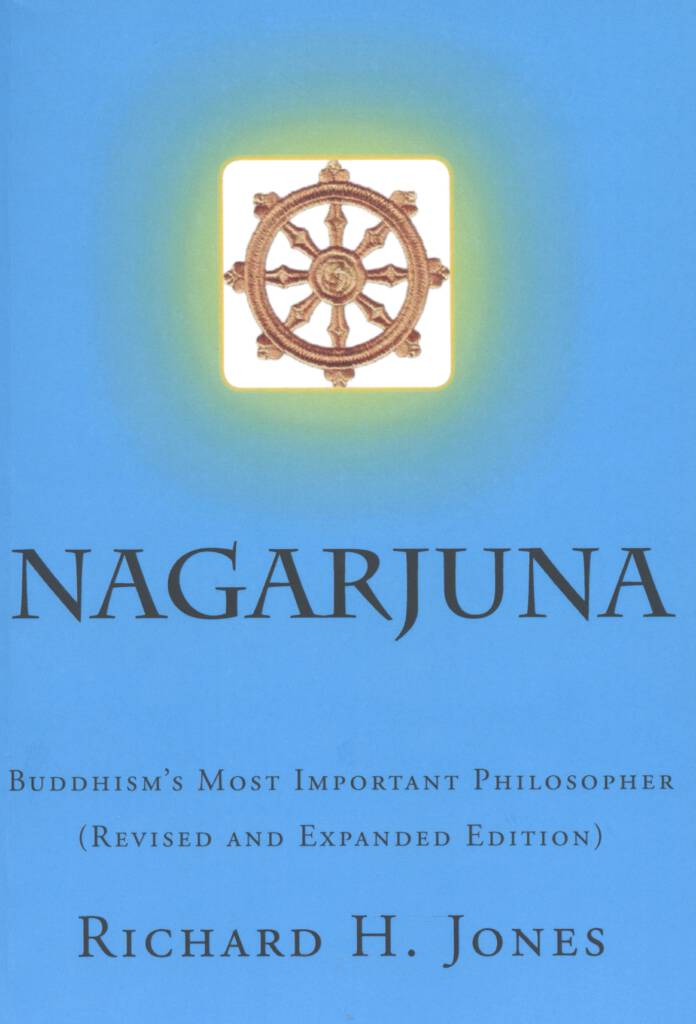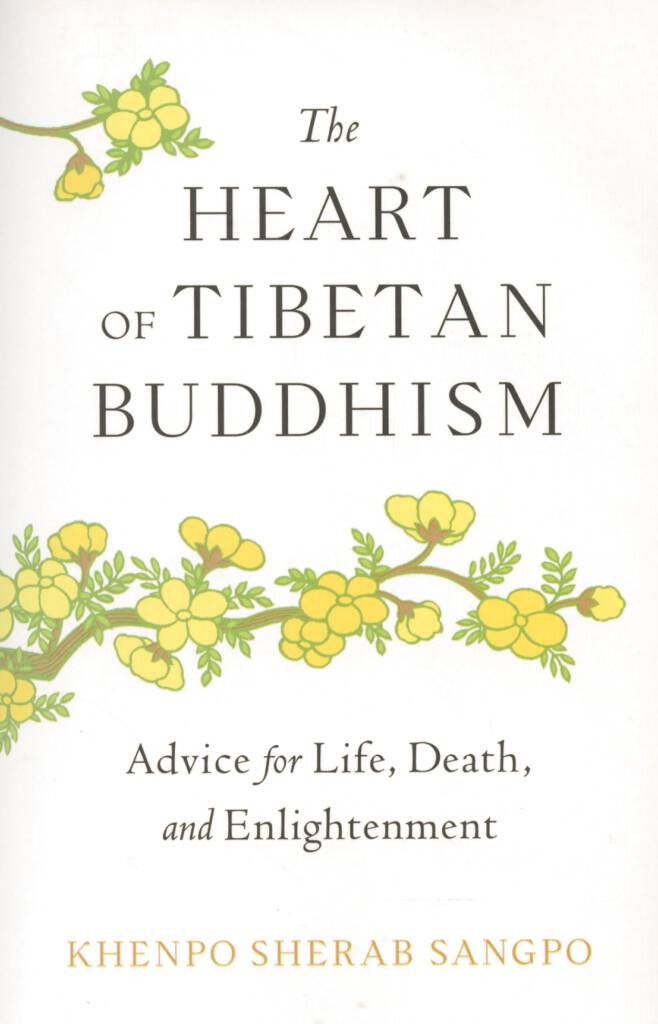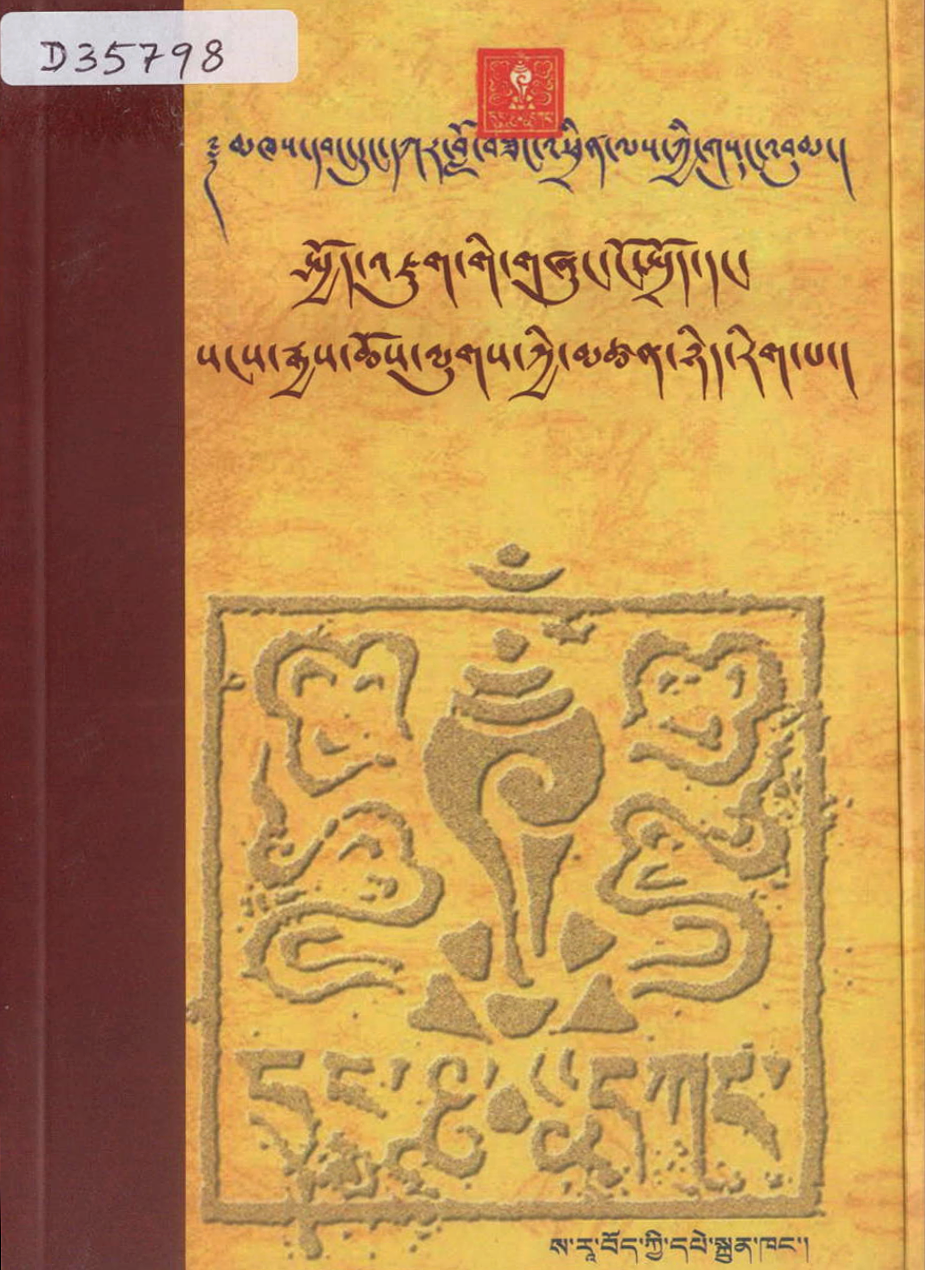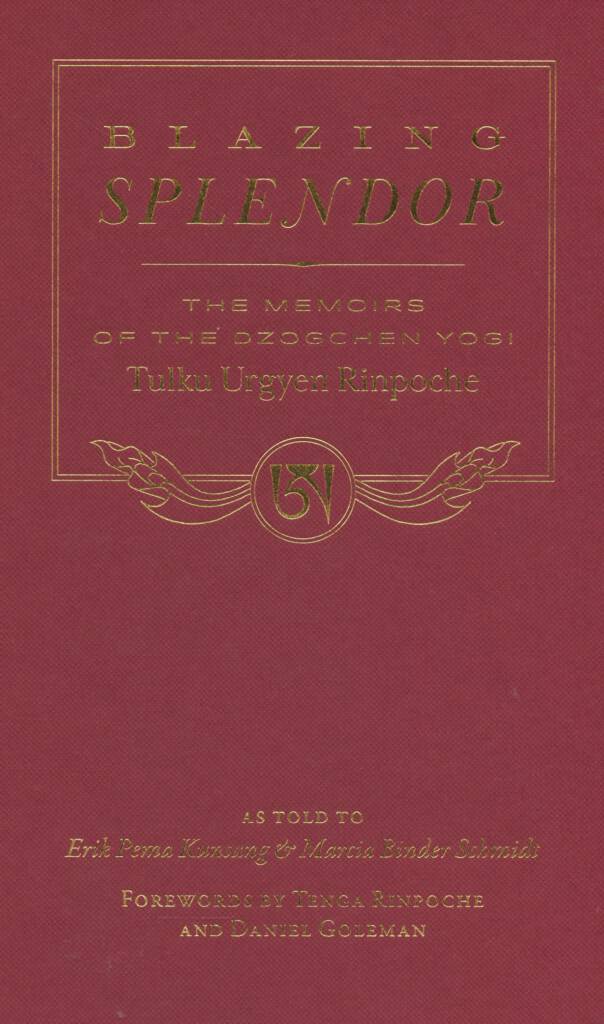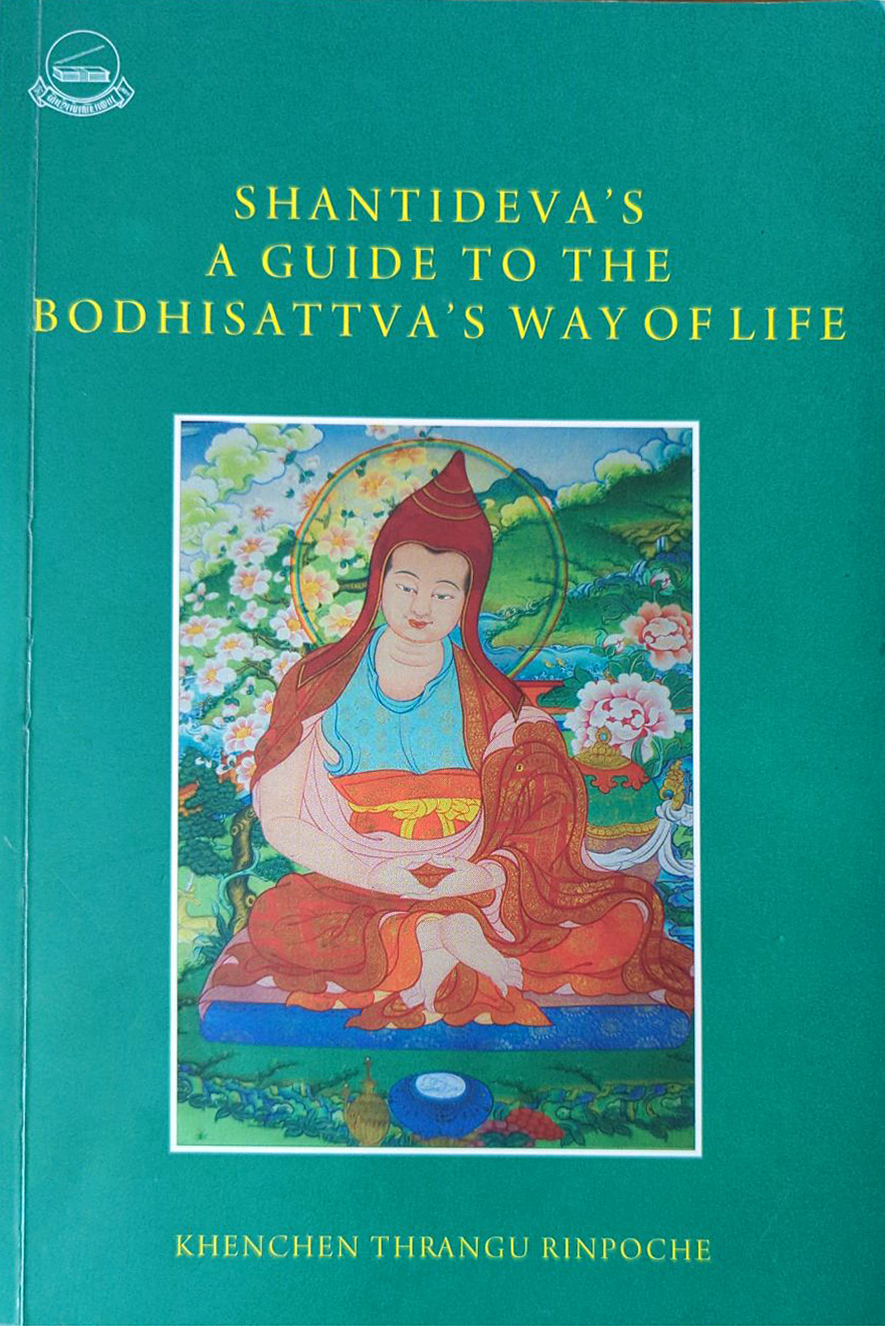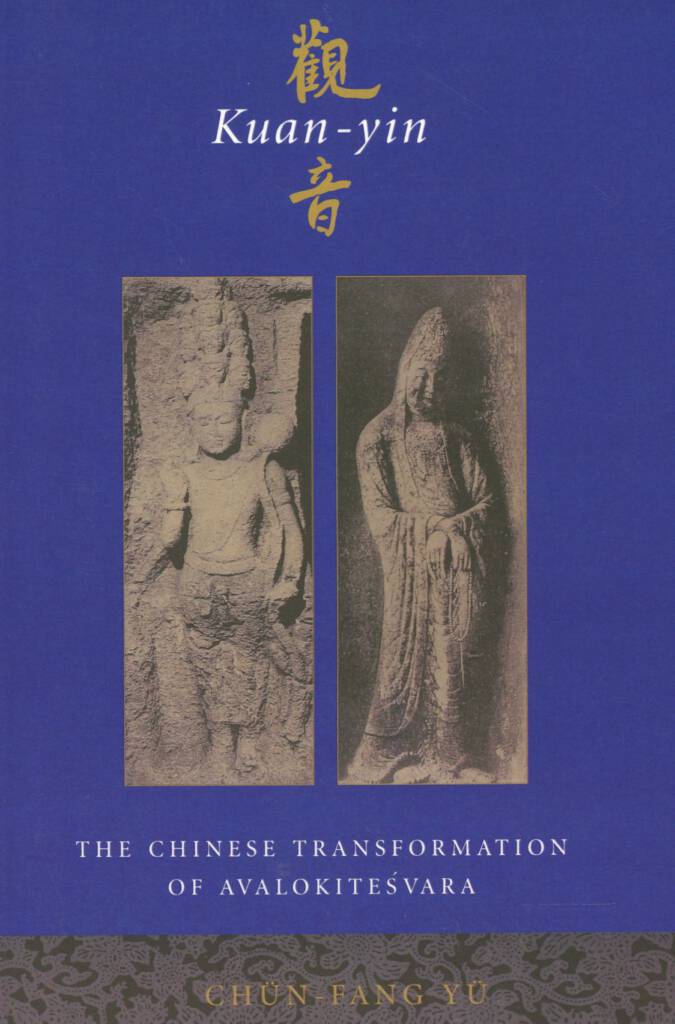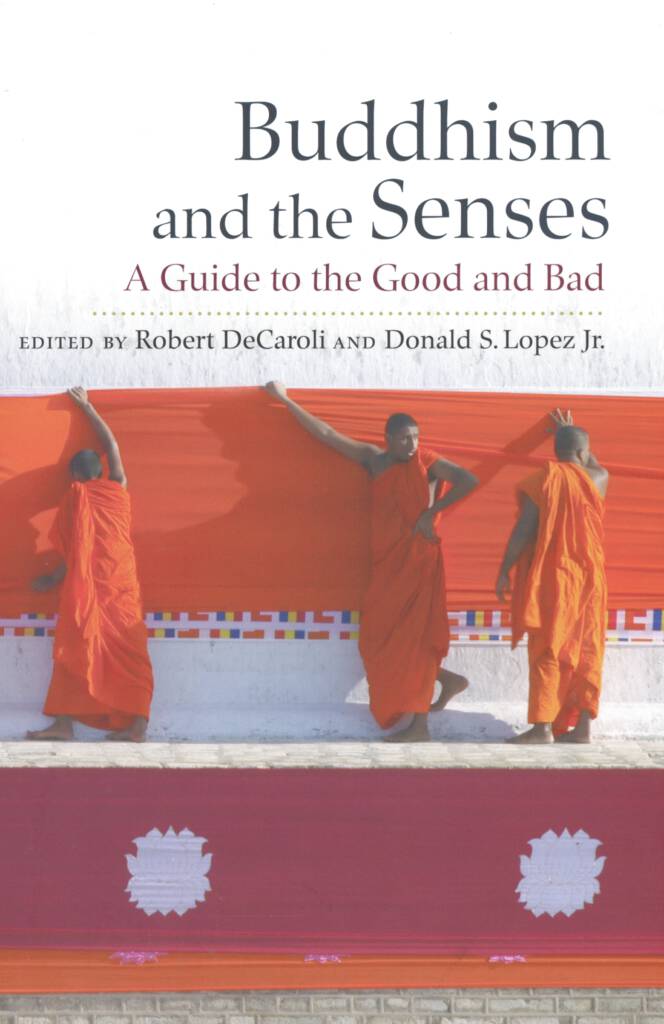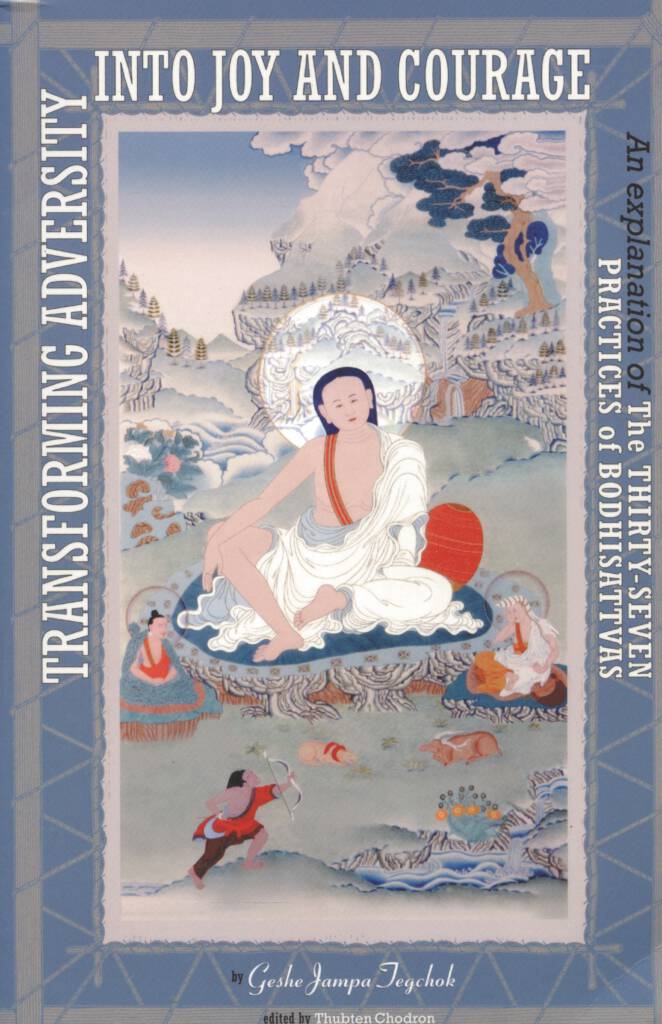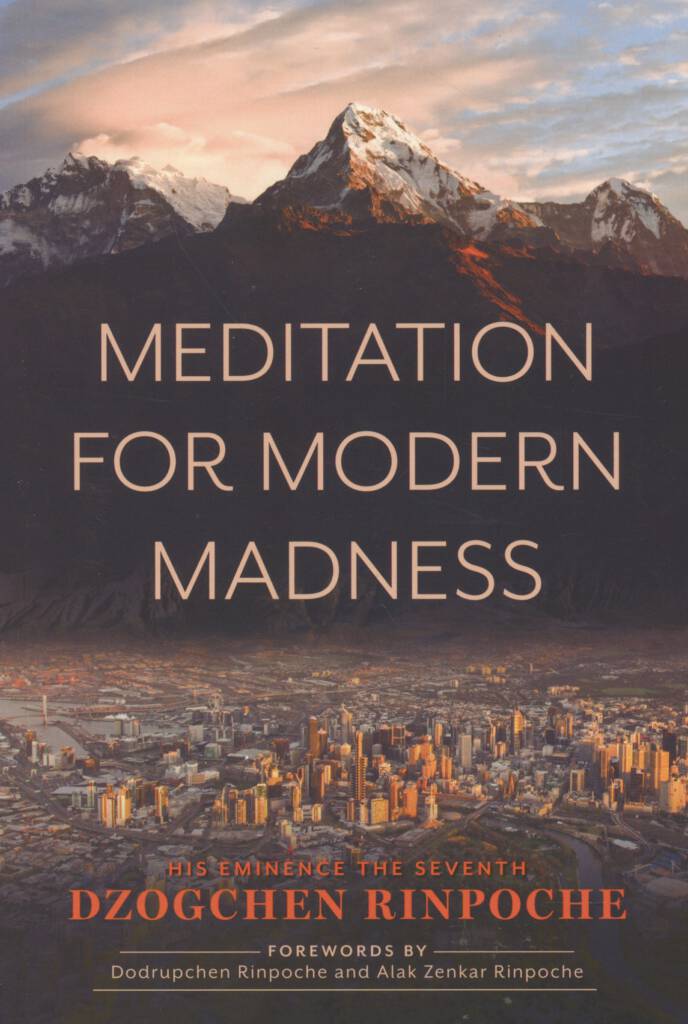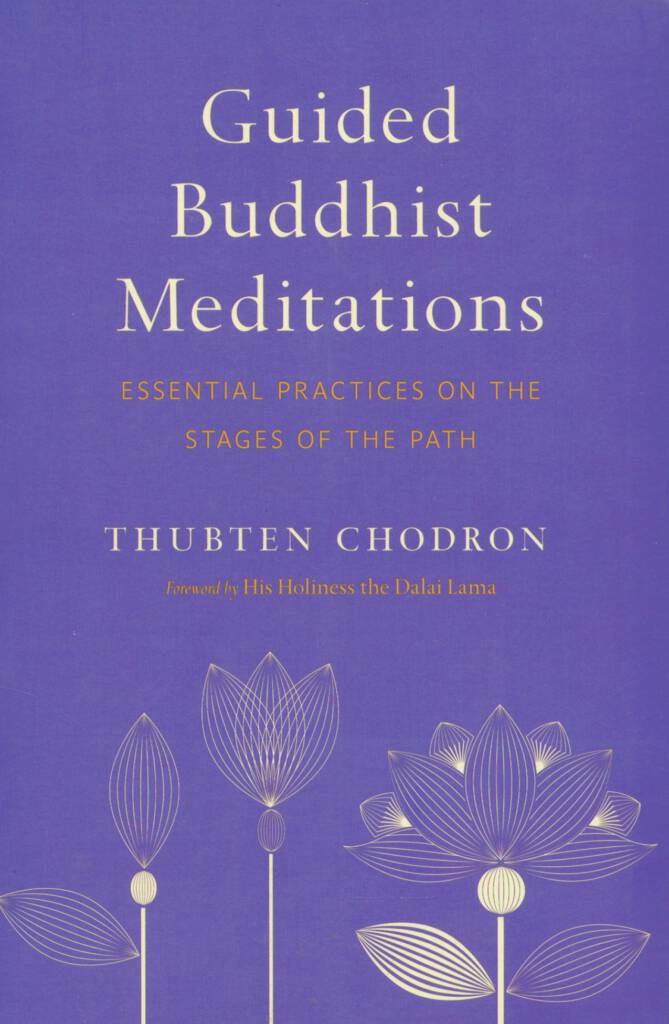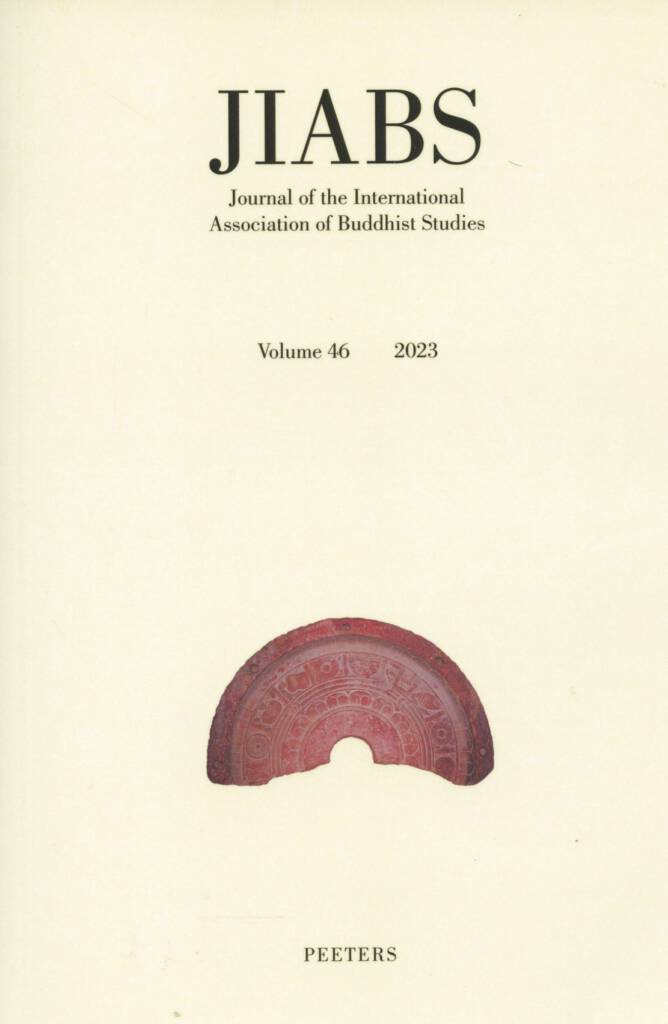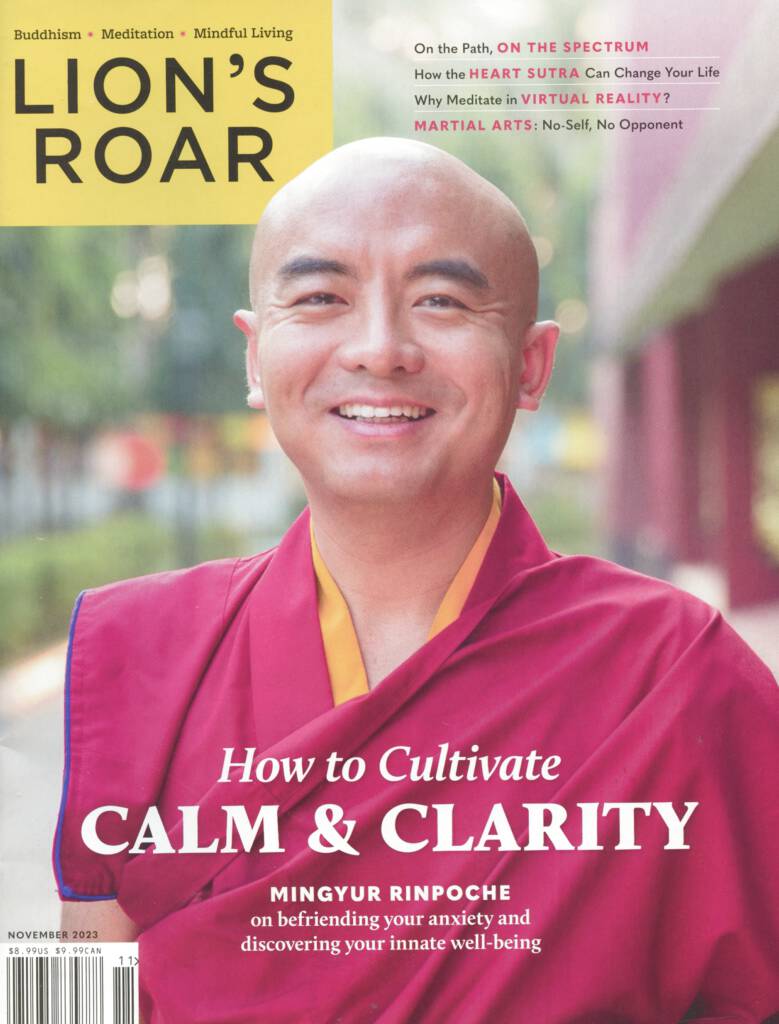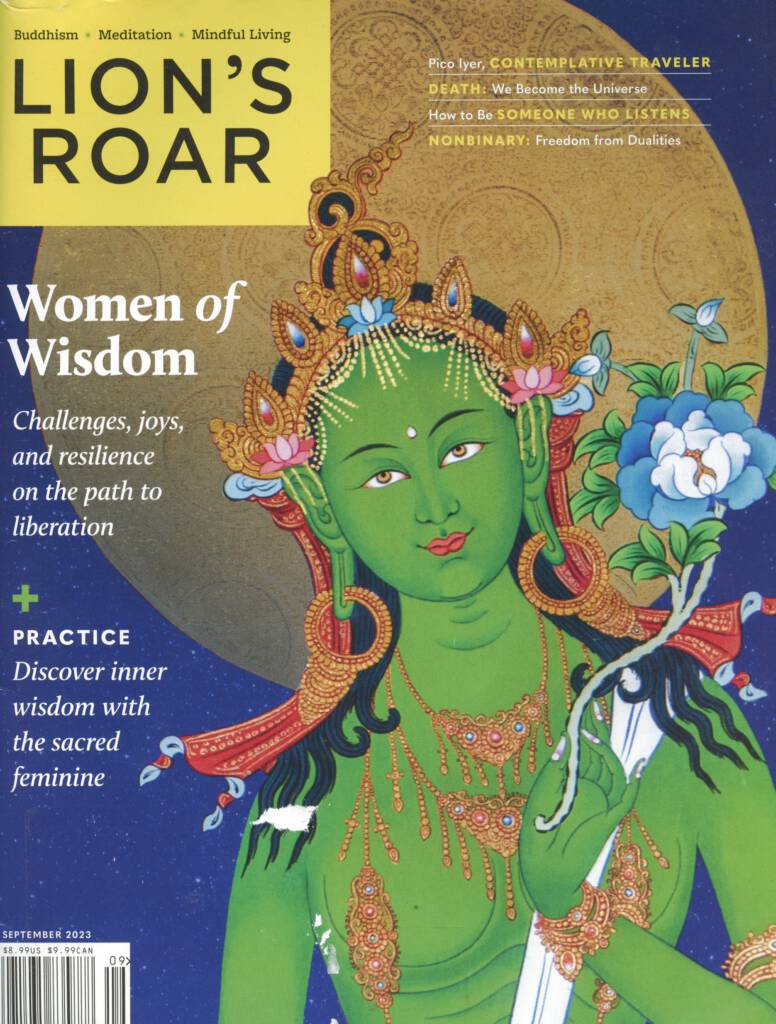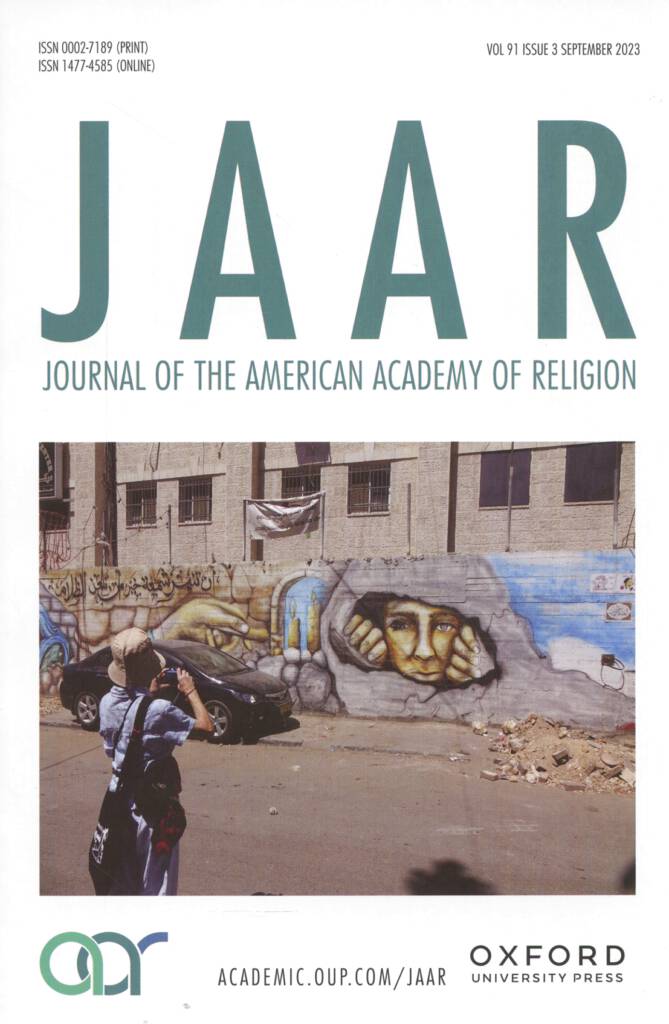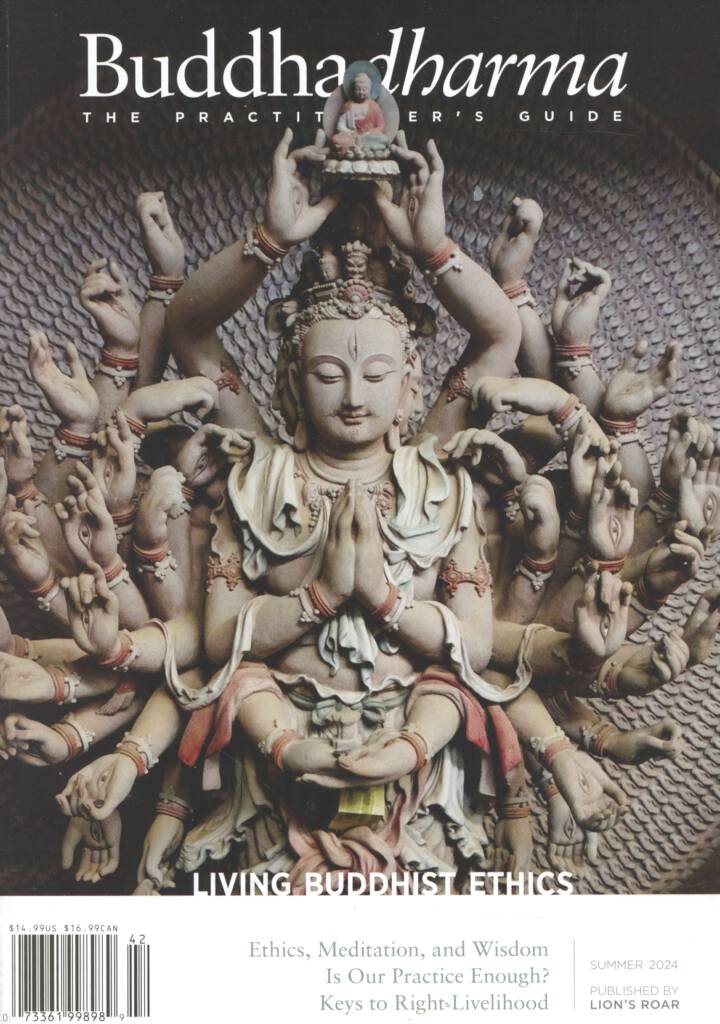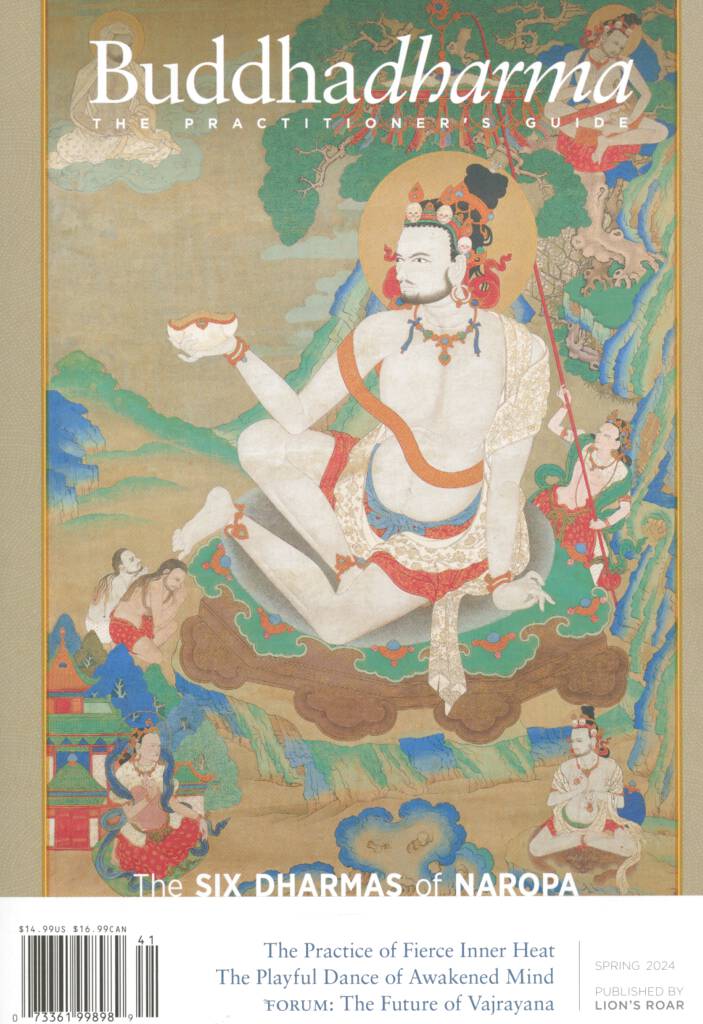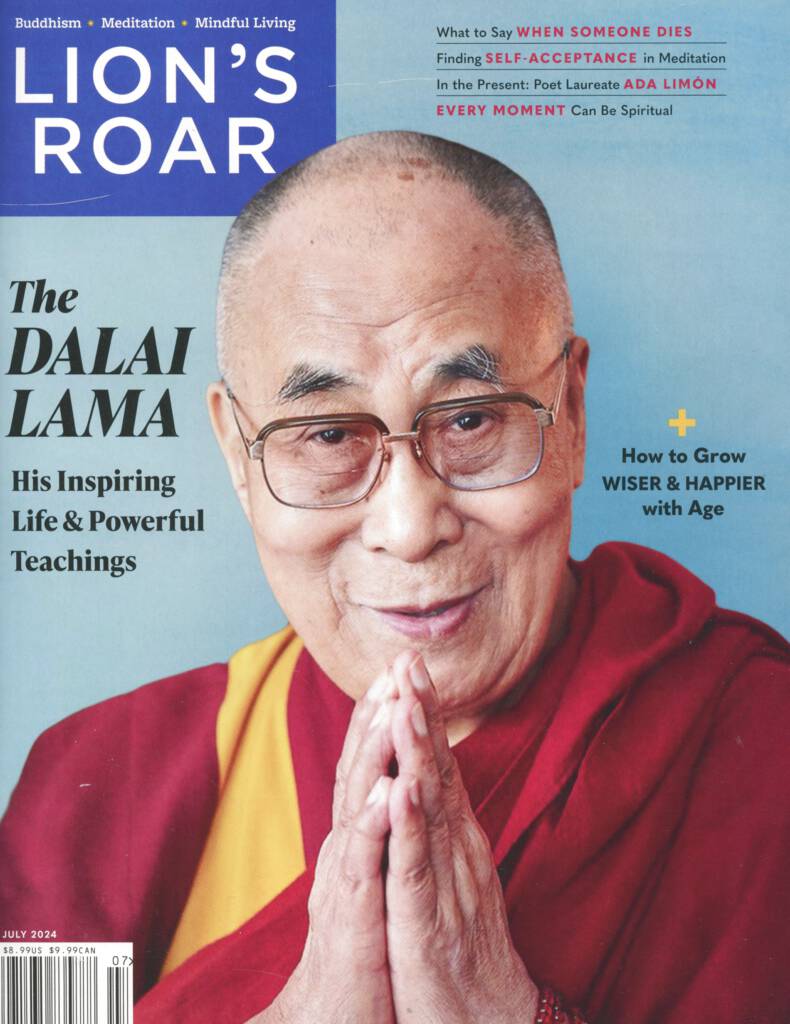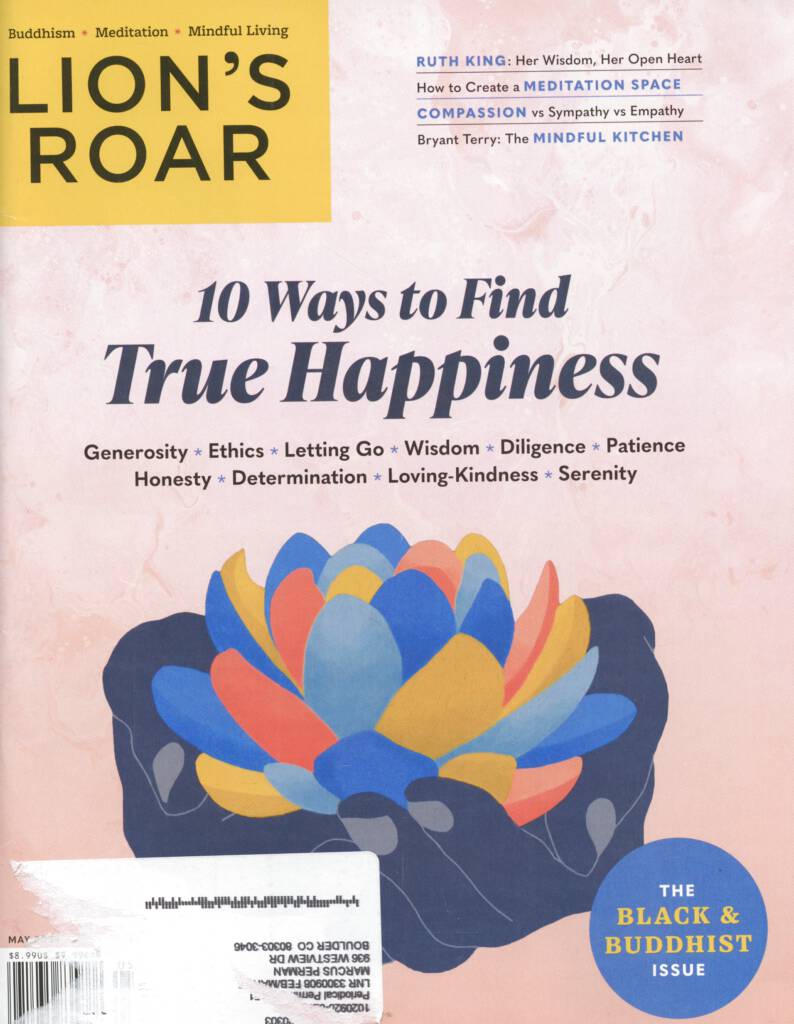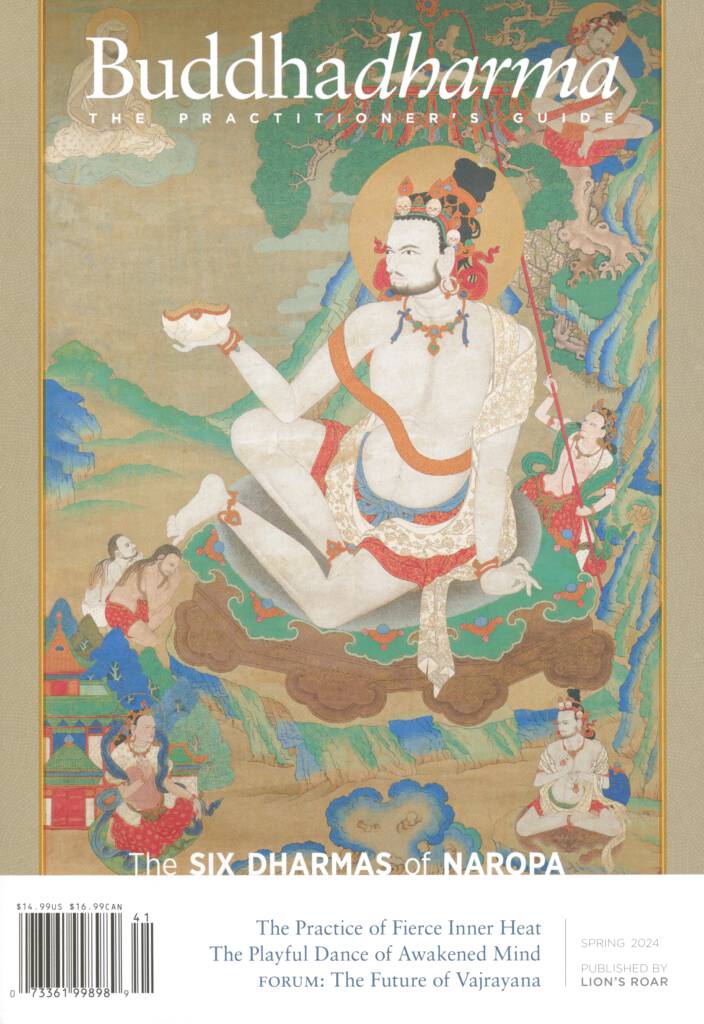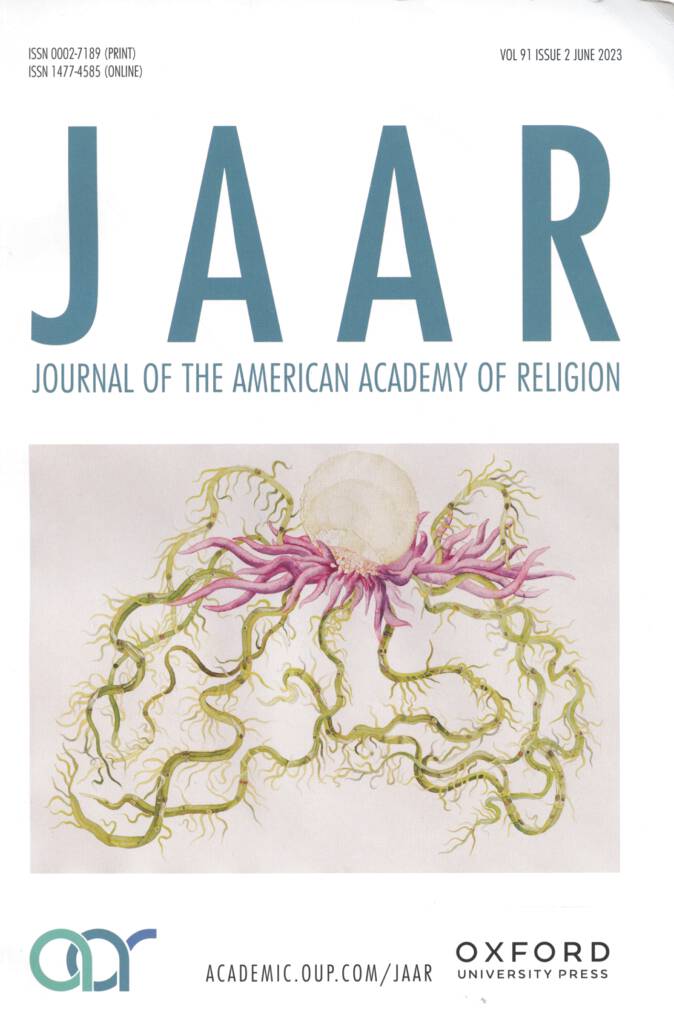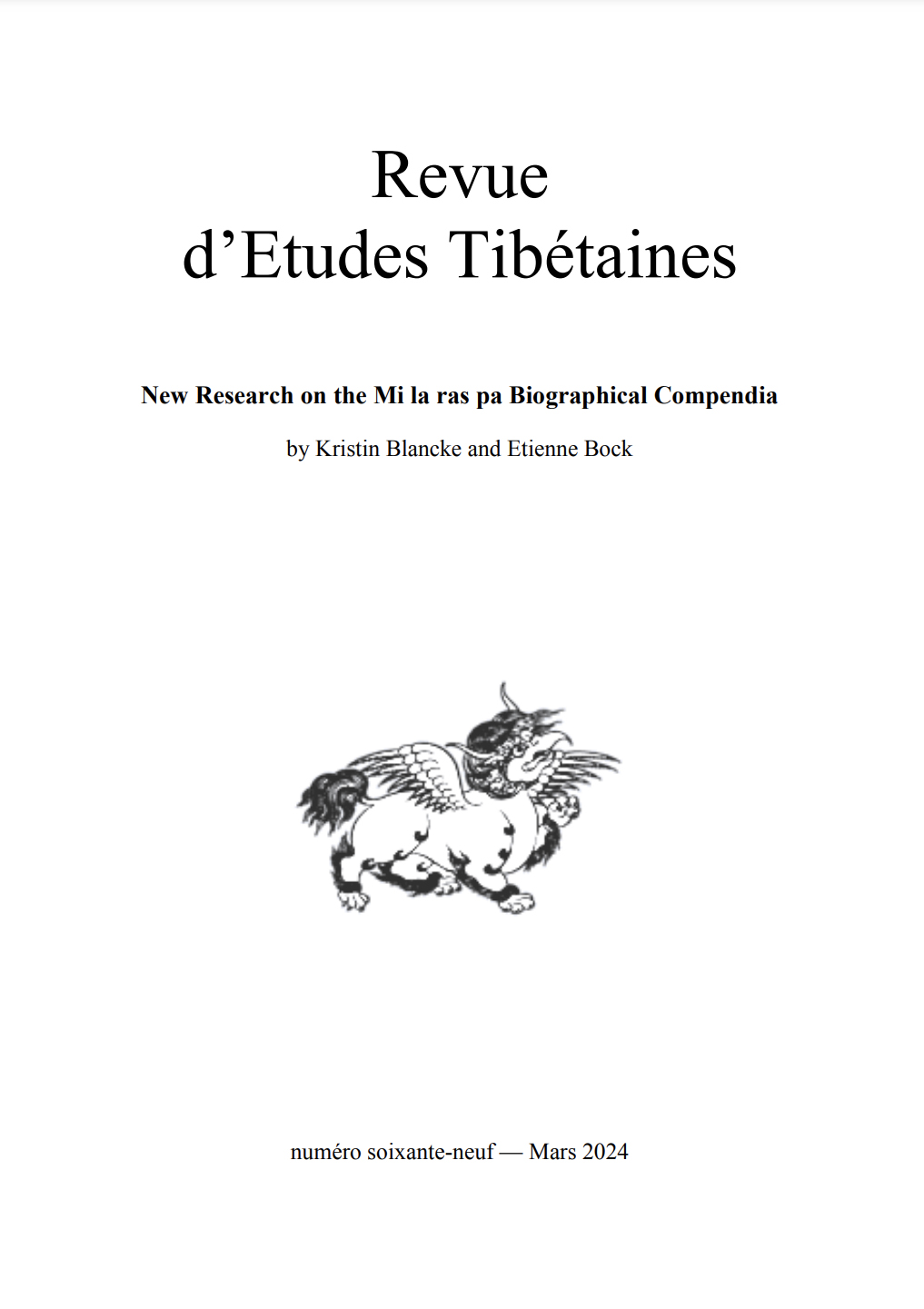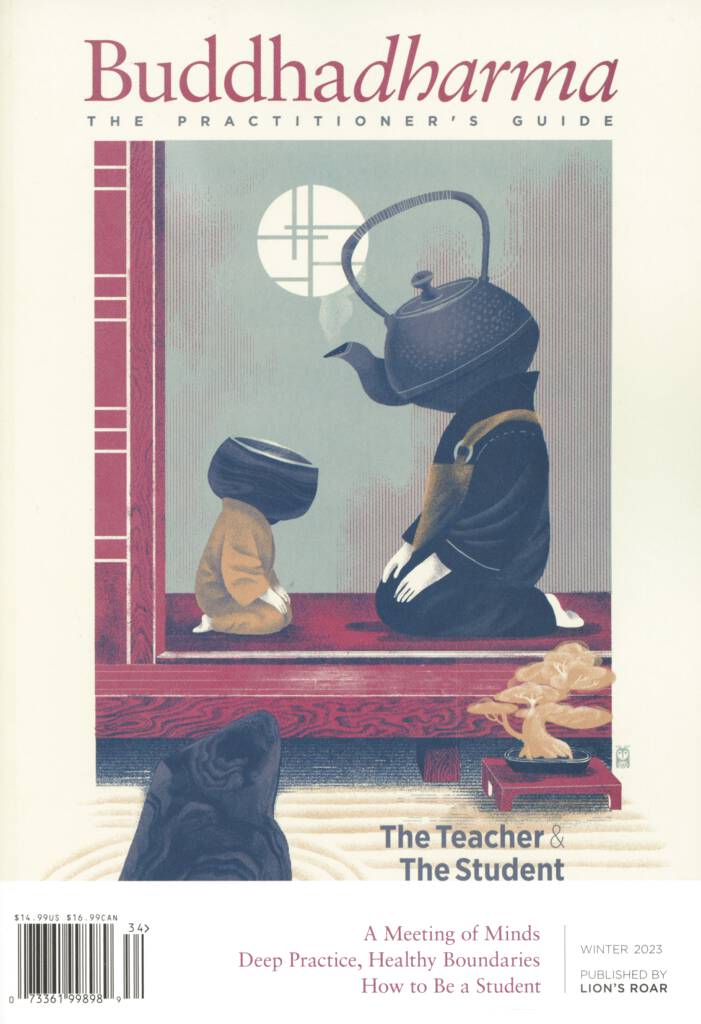Main Page
These are the books you are looking for...
Featured Books
Dudjom Rinpoche, Bdud 'joms gling pa, Tulku Drime Ozer. Kama Terma Publications, 2011. Contains a translation.
Brunnhölzl, K.. Padmakara, 2014. Contains a translation.
Bdud 'joms gling pa, Pema Lungtok Gyatso. Berotsana Publications, 2014. Contains a translation.
'jam mgon kong sprul. Snow Lion Publications, Shambhala Publications, 2007. Contains a translation.
Bsod nams rgyal mtshan. Snow Lion Publications, Shambhala Publications, 2011. Contains a translation.
Bu ston rin chen grub. Snow Lion Publications, Shambhala Publications, 2013. Contains a translation.
Nyoshul Khenpo. Snow Lion Publications, 2015. Contains a translation.
New Book Additions
Jones, Richard. Jackson Square Books, 2012.
Jones, Richard. State University of New York Press, 2024.
Dongyal, Khenpo Tsewang, Sherab, Khenchen Palden. Inner Traditions, 2024.
Collett, A.. Oxford University Press, 2016.
Dharmamitra, Bhikshu. Kalavinka Press, 2009.
Komarovski, Y.. University of Virginia Press, 2024.
(No author, translator, or editor). , No date provided.
Ichimura, S.. Numata Center for Buddhist Translation and Research, BDK America, 2018. Contains a translation.
Jones, R.. Jackson Square Books, 2022.
Sangpo, Sherab. Shambhala Publications, 2024.
Jaffe, R.. The University of Chicago Press, 2019.
Dung dkar blo bzang 'phrin las. Sa rā bod kyi dpe skrun khang gis par skrun zhus, 2017.
Urgyen, Tulku. Wisdom Publications, 2024.
Thrangu Rinpoche. Library of Tibetan Works and Archives, 2016.
Dharmachakra Translation Committee. 84000: Translating the Words of the Buddha, 2024.
(No author, translator, or editor). University of Hawai'i Press, 2021.
Yü, C.. Columbia University Press, 2001.
Churinoff, G., Zopa, Thubten. Wisdom Publications, 1995.
Collett, A.. Oxford University Press, 2024.
Lopez, D., DeCaroli, R.. Wisdom Publications, 2024.
Khyentse, Dzongsar. Siddhartha's Intent, 2021.
Tegchok, Jampa. Snow Lion Publications, 2005.
Dzogchen Rinpoche, The 7th. Wisdom Publications, 2024.
Chodron, T.. Shambhala Publications, 2019.
Click here to browse more recent books ➤
New Dissertations
| Citation | Description | Abstract | University | Creation date"Creation date" is a predefined property that corresponds to the date of the first revision of a subject and is provided by Semantic MediaWiki. | |
|---|---|---|---|---|---|
| A Study and Annotated Translation of Ju Mipham Gyamtso's (1846–1912) Short Commentary on the Profound Song on the View (Anselme 2024) | Anselme, Frederic (Ananda). "A Study and Annotated Translation of Ju Mipham Gyamtso’s (1846–1912) Short Commentary on the Profound Song on the View (lta ba’i mgur zab mo’grel chung)". MA Thesis, Center for Buddhist Studies at the Rangjung Yeshe Institute, Kathmandu University, 2024. | This dissertation presents a study and annotated translation of A Short Commentary on the Profound Song on the View (lta ba’i mgur zab mo ’grel chung) written by the great polymath Ju Mipham Gyamtso (’ju mi pham rgya mtsho, 1846–1912), a leading scholar from the Nyingma (rnying ma) tradition associated with the non-sectarian (ris med) movement in 19th-century Tibet. He comments on a famous poem called A Profound Song on the View (lta ba’i mgur zab mo)—also known as Recognizing My Mother (a ma gnos dzin) composed by Changya Rölpa’i Dorje (lcang skya rol pa’i rdo rje, 1717–1786), a conservative Gelugpa (dge lugs pa) philosopher. In his Short Commentary, Mipham Rinpoche demonstrates in very positive terms how Rölpa’i Dorje’s view of the Great Middle Way (dbu ma chen po) matches his own understanding of the view of the Great Perfection (rdzogs pa chen po). In our presentation of Mipham’s commentary, we delve into the historical development of the Great Middle Way and the interpretation of the term across different Tibetan Buddhist traditions. We then discuss the way Mipham reconciles these seemingly divergent tenets and unifies them in a single philosophical system recently tagged by Dorji Wangchuk who investigated Mipham’s literature with a Sanskrit neologism: *Yuganaddhavāda. In the course of our presentation of Mipham’s harmonization of views, we engage in the way his Short Commentary addresses philosophical tensions but also enriches the understanding of Buddhist hermeneutics and practice, offering valuable insight for scholars and practitioners alike. By contrasting excerpts from his Short Commentary with passages from commentaries composed by four major Gelugpa scholars, we demonstrate Mipham’s innovative contribution to a broader discourse on Buddhist philosophy with a unifying ground for a fertile inter-sectarian dialogue that fosters mutual respect. (ABSTRACT) | Rangjung Yeshe Institute Kathmandu University | 4 September 2024 18:33:48 | |
| Sacred Illusion: On Purity and Creation in Je Tsongkhapa's Philosophy of Tantra (Natanya 2017) | Natanya, Eva. "Sacred Illusion: On Purity and Creation in Je Tsongkhapa's Philosophy of Tantra." PhD diss., University of Virginia, 2017. https://doi.org/10.18130/V3ZW5V | This dissertation explores the soteriological worldview of Je Tsongkhapa Lobsang Drakpa (rje tsong kha pa blo bzang grags pa, 1357-1419), one of the renowned religious thinkers of Tibetan Buddhism. By examining several of Tsongkhapa’s major Vajrayāna commentaries on the system of Guhyasamāja concurrently with one of his earliest works on the Mind-Only school, as well as his last work on Middle Way philosophy, I seek to discover how different portions of his thought, which have usually been treated separately, might be understood to form a systematic whole. I propose that we might better grasp the practical, transformative applications of Tsongkhapa’s Middle Way view when reading these texts in the light of his broader vision of Buddhist cosmology, ethics, philosophical anthropology, and epistemology. Furthermore, I posit that we gain insight into lesser known implications of Tsongkhapa’s Madhyamaka when turning to passages where he explained that view specifically for the purpose of Vajrayāna meditation. Through analysis of the diversity of karmic seeds and tendencies as presented in a Yogācāra context, their relationship to perceptual theory in Tsongkhapa’s explanations of Dharmakīrti, the idea of a “mere I” as the infusion substrate for all the seeds, and the emptiness of that “I” as a basis for ultimate purity, I suggest a theory of tantric practice that seems to lie implicit in Tsongkhapa’s Vajrayāna commentaries, yet would not be evident when reading any one of them in isolation. | University of Virginia | 23 April 2024 19:32:37 | |
| Poisoned Ground: The Roots of Eurocentrism (McClellan 2013) | McClellan, Joseph Mark. "Poisoned Ground, The Roots of Eurocentrism: Teleology, Hierarchy, and Anthropocentrism." PhD diss., Columbia University, 2013. | The dissertation starts with the premise that Eurocentrism, in philosophy and many other areas, continues to be a problem. It comes from the belief in teleological history, which itself rests on hierarchical, anthropocentric metaphysics. To combat the negative effects of Eurocentrism, we must establish alternatives to the metaphysics it rests on and the historical attitudes that it constructs and maintains. The dissertation is divided into three main parts, each with a number of subdivisions. Part one sketches the history of academic Eurocentrism and demonstrates that it is built on a combination of historical ignorance and certain presuppositions associated with Western religious thinking. Specifically, Eurocentrism, since the modern era, has substituted the monotheistic Deity with a peculiar notion of Reason, and has constructed a myth that Reason, and all the positive things it signifies, are uniquely European. Part two is the longest section and it examines Hegel's influence in building the Eurocentric world. He expounds a history that is unequivocally teleological, in which non-European people and ways of thinking are stepping-stones to the more highly evolved European, Christian culture. The events of history have been the unfolding of a code, and that code, or Logos, was discovered in his Science of Logic. This underlying Logic explains both the life of the mind--described in his Phenomenology of Spirit--as well as the life of the world, described in other works, such as his Lectures on the History of Philosophy and Philosophy of History. However, is the Logos truly the source-code for historical events showing them to be completely determined by a preexisting fate? Or does it merely explain the conditions of the possibility for events to arise, the way that they constantly do arise and have arisen? These are completely different alternatives and their implications are massive. I then compare diverging interpretations of Hegel that choose to focus on either his anthropocentric historical teleology, or else his more abstract and spacious metaphysics, which may undermine much of his historical theory. The thrust of these chapters is to show that anthropocentric metaphysics support beliefs in teleological history, which leads to political and social practices of inequality and injustice (e.g., Eurocentrism). To counter this tendency of Hegel's, I consider Darwin's insights against teleology, as well as contemporary object-oriented-ontology, which help us move beyond philosophical anthropocentrism. Rather than being absolute antipodes to these developments, Hegel's theories are adaptable enough to be a useful resource for non-teleological, non-anthropocentric, and non-Eurocentric theories. Part three focuses on the role of language and metaphor in the Eurocentric canons of philosophy. For example, Hegel famously employs the metaphor of the master and slave to describe the dialectical process at work in both the mind and history. The metaphor has significant heuristic power, but it is still a metaphor. When taken literally, it can lead to dangerous misunderstandings about history and justifications for violence. Moreover, when Hegel writes about the Oriental and the African, those terms are hidden metaphors: they do not denote any real persons. However, what he says about them has historically been taken literally, thus leading to warped attitudes about real Asians and Africans in the world. I also analyze the role of literary style in establishing Eurocentric canons, suggesting that an important critical development against Eurocentrism would be the proliferation of alternative writing styles to the entrenched norms of the argumentative monograph and journal article. (Source: Columbia University) | Columbia University | 19 January 2024 20:09:19 | |
| The Carefree Dzogchen Yogi of Dolpo, Tadru Orgyan Tenzin (1657-1737): A Partial Translation and Study of The Condensed Life of the Old Beggar Orgyan Tenzin (sprang rgan o rgyan bstan 'dzin pa'i rnam thar bsdus pa) (Smith 2023) | Smith, Michael D. "The Carefree Dzogchen Yogi of Dolpo, Tadru Orgyan Tenzin (1657-1737): A Partial Translation and Study of The Condensed Life of the Old Beggar Orgyan Tenzin (sprang rgan o rgyan bstan 'dzin pa'i rnam thar bsdus pa). MA thesis, Kathmandu University, 2023. | Abstract
This paper offers a contextual study of The Condensed Life of the Old Beggar Orgyan Tenzin (sprang rgan o rgyan bstan 'dzin pa'i rnam thar bsdus pa), one of two biographical works available about Tadru Orgyan Tenzin (lta gru o rgyan bstan 'dzin, 1657-1737). Orgyan Tenzin was well-known in his time. He was a prolific teacher of Vajrayāna practice and Dzogchen and mahāmudrā meditation active in all areas of Dolpo from the 1680s until his death. Previously, his life has been briefly introduced by Ehrhard (2013) and Schaeffer (2004). Chapter 1 of this paper discusses academic literature relevant to this study and provides an overview of the methodology of this thesis. Chapter 2 introduces the place, time period, and circumstances of his life; and provides an overview of Orgyan Tenzin’s travels and activities. Chapter 3 summarizes what is known about his numerous teachers and the primary textual transmissions Orgyan Tenzin received. Chapter 4 describes the genre of Tibetan spiritual biography and Chapter 5 explores the inter-textual aspects of Orgyan Tenzin's biographical writings, with attention given to the unique textual relationship between Orgyan Tenzin's shorter length autobiography, translated here, and his longer collection of songs, The Melodies from Mountain Retreat, by the Lord of Yogis Orgyan Tenzin (rnal 'byor gyi dbang phyug o rgyan bstan 'dzin zhes bya ba'i ri khrod kyi nyams dbyangs). Other inter-textual characteristics of the autobiography are examined, which are detailed in the footnotes to the translation, along with relevant translations of passages from The Melodies. Comprehensive catalogues of the 220 songs identified in the two biographies are included as appendices. | Kathmandu University | 17 November 2023 23:42:10 | |
| Who Is the Author? Mangtö Ludrup Gyatso's Essential Nectar in the Collected Works of Jamyang Khyentse Wangpo (Fregiehn 2023) | Fregiehn, Claudia. "Who Is the Author? Mangtö Ludrup Gyatso's Essential Nectar in the Collected Works of Jamyang Khyentse Wangpo: A Case Study of the Attribution of Authorship in Tibetan Buddhism." MA thesis, Kathmandu University, 2023. | Abstract
This thesis presents a case study for the attribution of authorship in Tibetan Buddhism based on my annotated translation and comparative edition of the Essential Nectar, Instructions on the Madhyamaka View According to the Texts of the Two Great Charioteers (Shing rta chen po rnam gnyis kyi gzhung dang rjes su mthun pa dbu ma'i lta khrid bdud rtsi'i snying po). The text is found in the Collected Works of the 19th century non-sectarian master Jamyang Khyentse Wangpo ('Jam dbyangs mkhyen brtse’i dbang po, 1820-1892) and in other collections which he inspired. In them the attribution of authorship to the text varies and only one edition includes Khyentse Wangpo’s epithet as arranger in the colophon; the others just mention the Sakya master Mangtö Ludrup Gyatso (Mang thös klu sgrub rgya mtsho, 1523-1596). To understand what led to that attribution, the annotated translation highlights the differences between the Essential Nectar and the source text from which it was extracted, Mangtö Ludrup's Guidebook for Sakya lamdré practice, Garland of Moon Nectar Drops (Gsung gnag slob bshad snang gsum gyi khrid yig zla ba bdu rtsi'i thig ‘phreng skal bzang ku mud gsar pa'i kha 'byed). On that basis and with a focus on the traditional perspective, the study discusses diverse types of authorial activities involved, from the recording of oral instructions to a minimalistic but effectual arrangement of textual material. The origins, the historical context and the relevance of both texts provide the structure for the study. Building on previous scholarship about authorship in the Tibetan Buddhist context, this work provides further observations deriving from this specific case: For instance, how "making something available" can be an authorial activity; how using large portions of other authors' texts in new compositions is not seen as a copyright violation but as a sign of respect for previous masters; and how the association of ancient rare texts with Jamyang Khyentse Wangpo's respected name assures their preservation in the collections he inspired until today, even in digital form in the internet. | Kathmandu University | 17 November 2023 20:58:14 | |
| Contributions to the Development of Tibetan Buddhist Epistemology from the Eleventh to the Fifteenth Century (Kuijp 1979) | Kuijp, Leonard W. J. van der. "Contributions to the Development of Tibetan Buddhist Epistemology from the Eleventh to the Fifteenth Century." PhD diss., Universität Hamburg, 1979. | Universität Hamburg | 7 June 2023 20:54:56 | ||
| On the Bodhisattva Path in Gandhāra (Schlosser 2016) | Schlosser, Andrea. "On the Bodhisattva Path in Gandhāra: Edition of Fragment 4 and 11 from the Bajaur Collection of Kharoṣṭhī Manuscripts". PhD diss., Free University of Berlin, 2016. | This dissertation contains an edition, translation and study of two unparalleled Buddhist texts from ‘Greater Gandhāra’ (eastern Afghanistan and northwestern Pakistan), written in the Gāndhārī language and Kharoṣṭhī script and dating from the first or second century CE. They are reconstructed from several pieces of birch bark labeled as fragments 4 and 11 of the Bajaur Collection, a group of 19 separate scrolls found at the end of the 20th century. The manuscripts under consideration document a form of early or proto-Mahāyāna that developed against a background of scholasticism and focused on the concept of emptiness [of all dharmas]. This is realized by analytical or discriminating insight, commonly known as prajñāpāramitā, and practised by non-attachment to the sense-realm that will lead to all kinds of fortunes and finally to the bliss of liberation. BC4 contains in addition a description of the path of a bodhisattva, while BC11 deals extensively with the happiness experienced on that path. Chapter 1 gives an introduction to the Kharoṣṭhī manuscripts found to date, with special reference to the Bajaur Collection. Chapter 2 explains the reconstruction of the two scrolls. Chapter 3 is a paleographic description of their handwriting. Chapters 4, 5 and 6 contain a detailed discussion of the orthography, phonology and morphology of the texts. Chapter 7 presents both texts in diplomatic transcription, reconstruction and translation followed by detailed notes on individual words and phrases. Chapter 8 discusses the content in general and interprets it in relation to the history of Buddhism in Gandhāra and the establishment of early Mahāyāna Buddhism. The dissertation concludes with a complete word index to both scrolls. (Source: https://refubium.fu-berlin.de/handle/fub188/4734) | Free University of Berlin | 12 April 2023 18:30:00 | |
| Building Place and Shaping Lives: Nartang Monastery from the Twelfth through Fifteenth Centuries | Schuman, Michael. 2016. "Building Place and Shaping Lives: Nartang Monastery from the 12th through 15th Centuries." PhD diss., University of Virginia, 2016. | This thesis is a study of Nartang monastery in the Tsang region of Central Tibet. Nartang monastery was founded in 1153 and was one of the most influential monastic institutions of the Kadam school until the fifteenth century. In its initial construction, Nartang monastery was a small enclave with limited members. By the mid-thirteenth century the place had significantly grown in physical size, membership, and reputation. This study explores the steady growth and decline of the monastery by examining the lives of the people in charge and their real and symbolic relations within and without the monastic community. This thesis begins with the Kadam school in the Penyül valley of Central Tibet. Here Nartang’s founder Tumtön Lodrö Drakpa (Gtum ston blo gros grags pa, 1106-1166) was educated and inspired to return to his native land in Tsang to build Nartang monastery. I then turn to the effective campaign strategies of Nartang’s fourth, fifth, and sixth abbot, who traveled throughout Central Tibet to raise funds for the monastery and to acquire new monastic recruits. Nartang monastery was at its best during the tenure of the seventh abbot Chim Namkha Drak (Mchims nam mkha’ grags, 1210-1285). It was during his tenure that the political events on the Eastern Steppe could no longer be ignored in Central Tibet. I show how Chim Namkha Drak and the Nartang community effectively navigated through the Mongolian (re)organization of Central Tibet. I also trace how the Nartang abbots, specifically the eight abbot Kyotön Mönlam Tsültrim (Skyon ston smon lam tshul krims, 1219-1299), projected and guided the increasing importance of their monastery at the center of the Buddhist world. I then study the life of Nartang’s tenth abbot, his time spent at the Mongol court and his eventual return to Nartang. Finally, I look to Nartang when Gendün Drupa (Dge ’dun grub pa, 1391-1474), posthumously the First Dalai Lama, entered the monastery at the age of seven in 1398. By this time Nartang monastery had well established a standardized curriculum and built a reputation for itself as a preeminent Kadam scholastic institution. I also explore the various factors that left Nartang monastery in a precarious state by the fifteenth century, such as the burgeoning reformist movement in Central Tibet lead by Tsongkhapa Lozang Drakpa (Tsong kha pa blo bzang grags pa, 1357-1419), the building of Tashi Lhünpo monastery by Gendün Drupa in 1449, and a decline in Sakya power and the rise of the Pakmodrupa. (Source: UVa Online Archive) | University of Virginia | 13 March 2023 22:52:03 | |
| Étude du Pañcakrama: Introduction et traduction annotée | Tomabechi, Tōru. "Étude du Pañcakrama: Introduction et traduction annotée." PhD diss., University of Lausanne, 2006. | University of Lausanne | 6 March 2023 22:56:10 | ||
| The Seven Siddhi Texts: The Oḍiyāna Mahāmudrā Lineage in its Indic and Tibetan Contexts | Krug, Adam. "The Seven Siddhi Texts: The Oḍiyāna Mahāmudrā Lineage in its Indic and Tibetan Contexts." PhD diss., University of California, Santa Barbara, 2018. | This study examines The Seven Siddhi Texts, a short corpus of tantric Buddhist works
that the Tibetan tradition identifies as the mahāmudrā transmission from the famed semimythical land of Oḍiyāna. Owing to the nature of the corpus itself, this study is best characterized as properly Indo-Tibetan in its scope. The Seven Siddhi Texts are first examined here as independent treatises that reflect the development of Vajrayāna Buddhism in its Indic cultural and historical contexts between the eighth and tenth centuries. They are then approached as a means for examining the formulation of Vajrayāna institutions and their attendant corpora in Nepal. Finally, they provide a case study in the phenomenon of practical canonicity in their employment in mahāmudrā polemical literature in Tibet from the fifteenth to seventeenth centuries. Part I argues for the adoption of a demonological paradigm in the study of South Asian religions. Using data from The Seven Siddhi Texts in dialogue with the yurvedic discipline of demonology (bhūtavidyā), it highlights that Vajrayāna Buddhist traditions maintained a dual apotropaic-soteriological goal in their conception of the practice of yoga. Part II addresses the sociological implications of sect and sectarian identity in The Seven Siddhi Texts. It presents the phenomenon of dissimulative asceticism in Vajrayāna Buddhism as a potential social context for the highly Śaiva-Buddhist hybrid forms of ritual that emerged with the Buddhist yoginītantras. It then addresses the issue of inclusivist and exclusivist expressions of sectarian identity from the authors of The Seven Siddhi Texts. Part III discusses the formulation and transmission of The Seven Siddhi Texts as a corpus of mahāmudrā works in light of the broader phenomenon of practical canonicity in Buddhist traditions. It presents philological evidence that The Seven Siddhi Texts were part of a known mahāmudrā practical canon in Nepal prior to their transmission to Tibet. It then discusses historical data and Tibetan historiography on their transmission to Tibet beginning in the eleventh century. It concludes with a discussion of The Seven Siddhi Texts' incorporation into two Kagyü mahāmudrā practical canons in Tibet at the turn of the sixteenth century, and the role that The Seven Siddhi Texts played in a number of mahāmudrā polemical works composed by the subsequent generation of Kagyü authors. | University of California at Santa Barbara | 15 August 2022 18:28:30 | |
| L'arte Buddhista in Ladakh: Una Tradizione Vivente | Fiore, Gavriella. L'arte Buddhista in Ladakh: Una Tradizione Vivente. Universita' degli Studi di Bologna - Facolta' di Lettere e Filosofia, 2003. | Volume contains mounted photographs | Bologna University | 8 August 2022 21:55:15 | |
| Recognizing Purity: Space, Non-change, Luminosity, and Effort in Longchen Rabjam's Presentation of the Great Completeness (rdzogs chen) | Kelley, Justin J. "Recognizing Purity: Space, Non-change, Luminosity, and Effort in Longchen Rabjam’s Presentation of the Great Completeness (rdzogs chen)." PhD diss., Rice University, 2022. | Abstract This dissertation studies the role purity (dag pa) plays in 14th-century Longchen Rabjam’s (klong chen rab 'byams) presentation of the Great Completeness (rdzogs chen). In service of this aim, I rigorously consider the semantic field of purity and its impact on our contemporary understanding of the Great Completeness. I specifically consider four major themes related to purity: space, non-change, luminosity, and effort. In doing so, my analysis builds on existent scholarship on the Great Completeness, highlighting how understanding Longchen Rabjam’s usage of purity elucidates often misunderstood elements of this contemplative system. Taken comprehensively, the semantic field of purity consists of a broad and remarkably diverse spectrum of attributes, each of which are employed by Longchenpa in service of describing the Great Completeness. In this way, I contend that purity is a vital lens for understanding Longchenpa’s presentation of the Great Completeness and its critical shift in emphasis from the ethical to the epistemological. | Rice University | 27 June 2022 15:41:54 | |
| Click here to browse more recently added dissertations ➤ | |||||
New Periodical Issues
Click here to browse more recently added periodical issues ➤
New Articles
22 October 2024 19:44:30
Vol. 2014 : {{{13}}}
22 October 2024 19:07:47
Vol. 2017 : {{{13}}}
22 October 2024 18:42:34
Vol. 2017 : {{{13}}}
22 October 2024 17:41:49
Vol. 2017 : {{{13}}}
22 October 2024 17:17:05
Vol. 2014 : {{{13}}}
22 October 2024 16:33:05
Vol. 2006 : {{{13}}}
22 October 2024 00:06:07
Vol. 2017 : {{{13}}}
21 October 2024 23:44:49
Vol. 2017 : {{{13}}}
21 October 2024 23:07:29
Vol. 2014 : {{{13}}}
21 October 2024 22:21:37
Vol. 2004 : {{{13}}}
21 October 2024 21:45:57
Vol. 2007 : {{{13}}}
21 October 2024 20:39:52
Vol. 2009 : {{{13}}}
Click here to browse more recently added articles ➤

